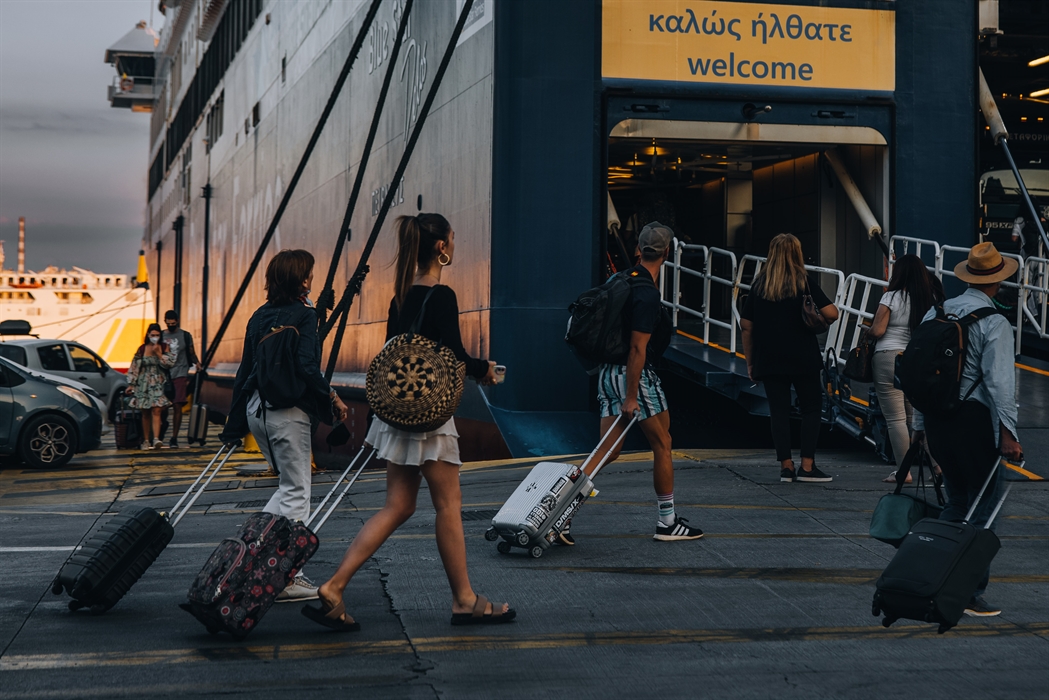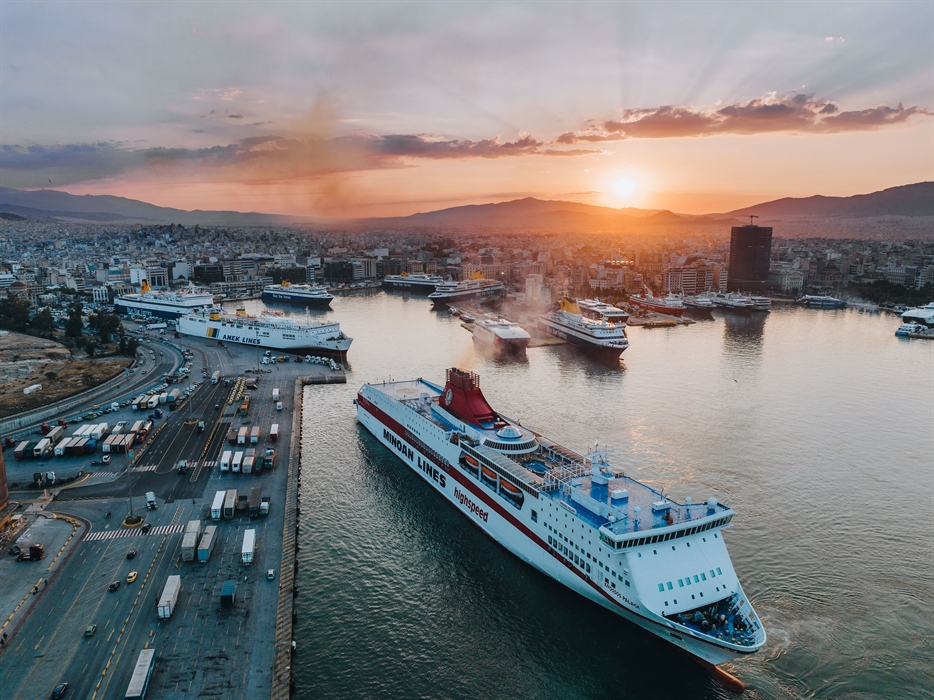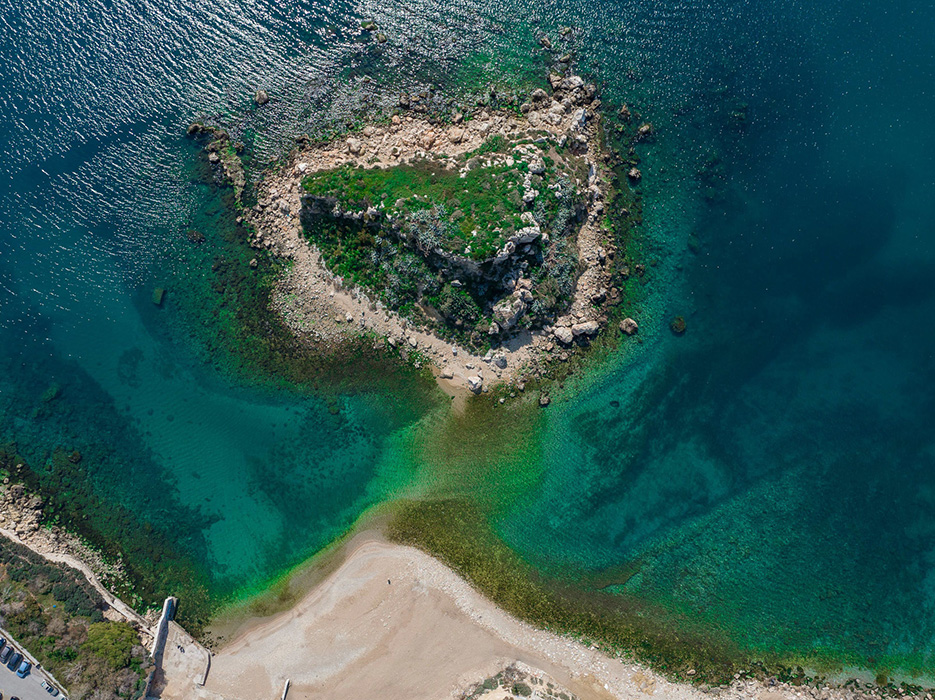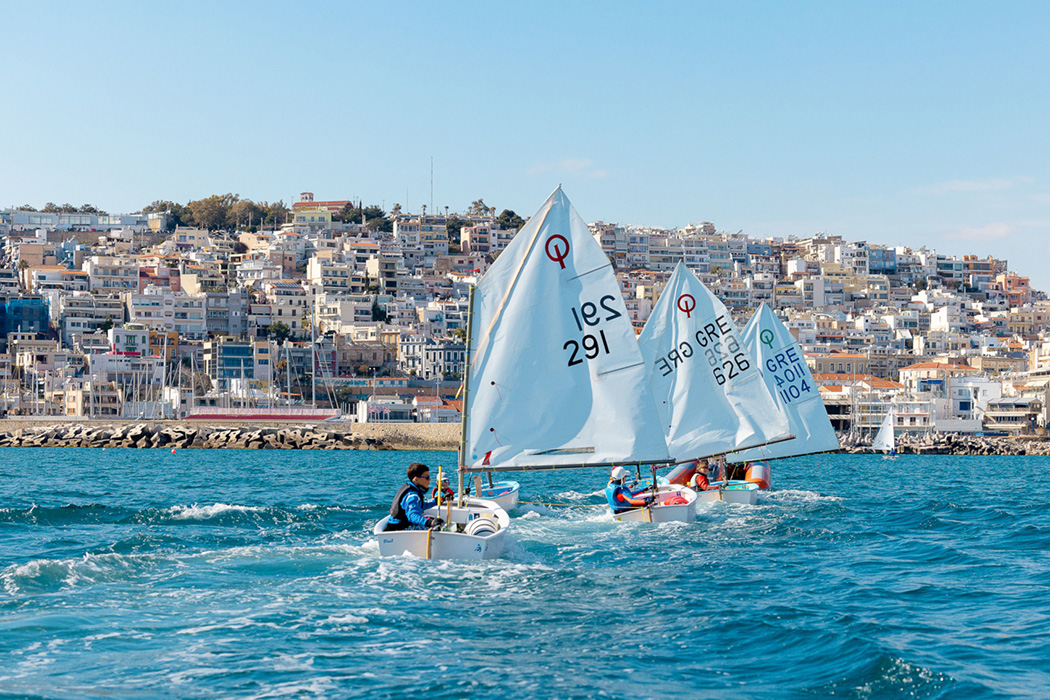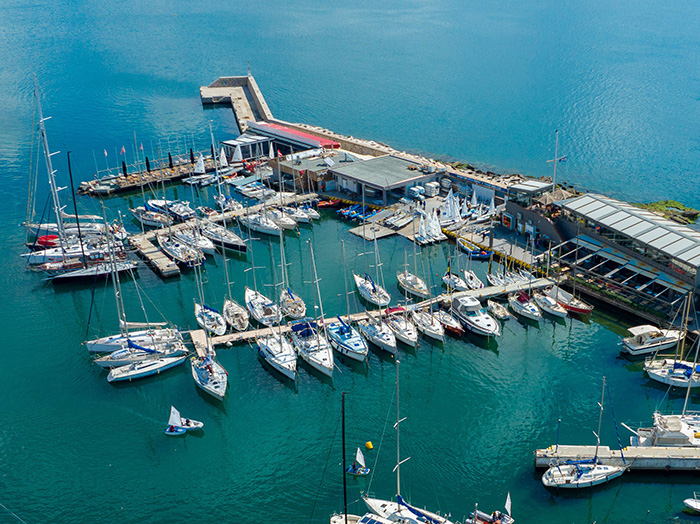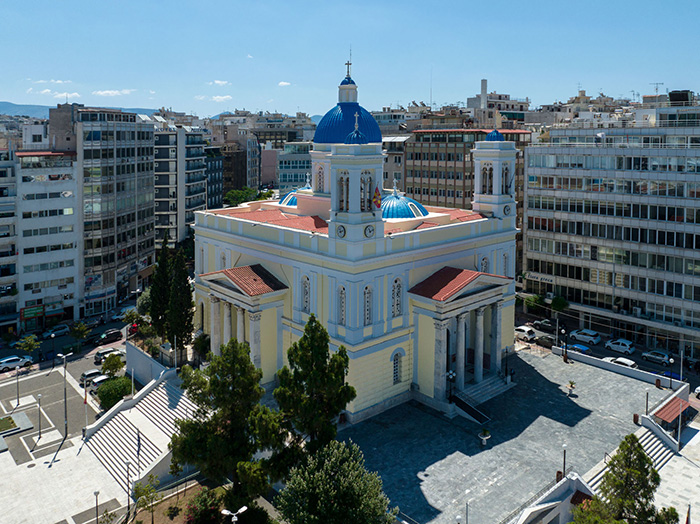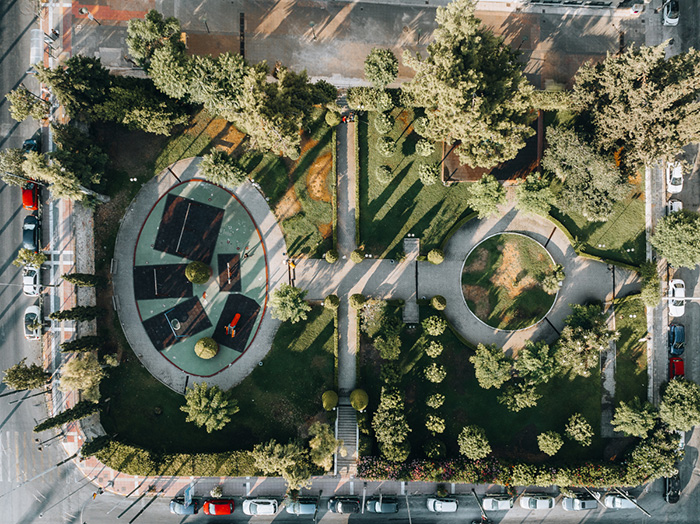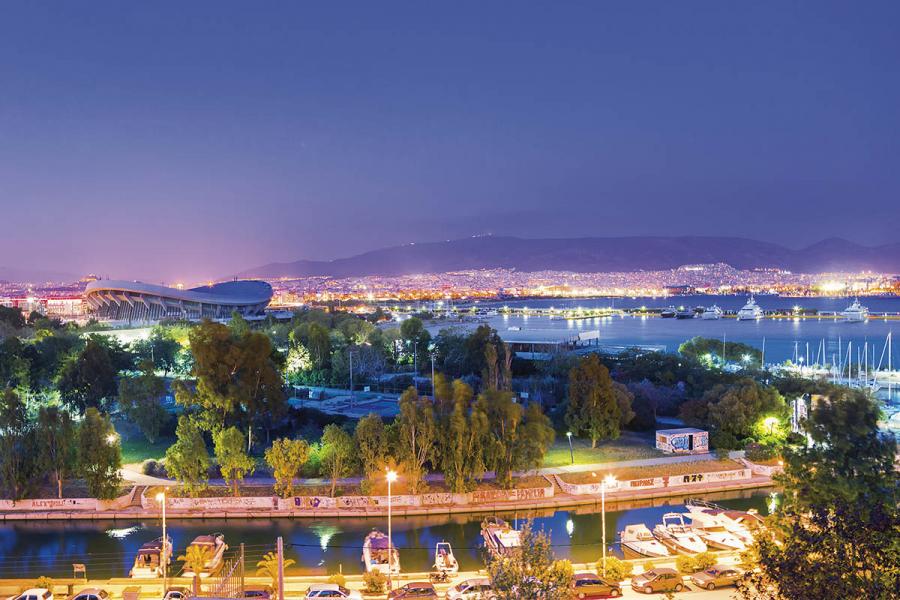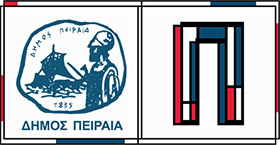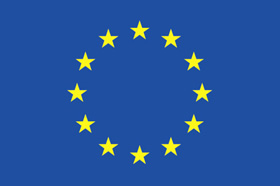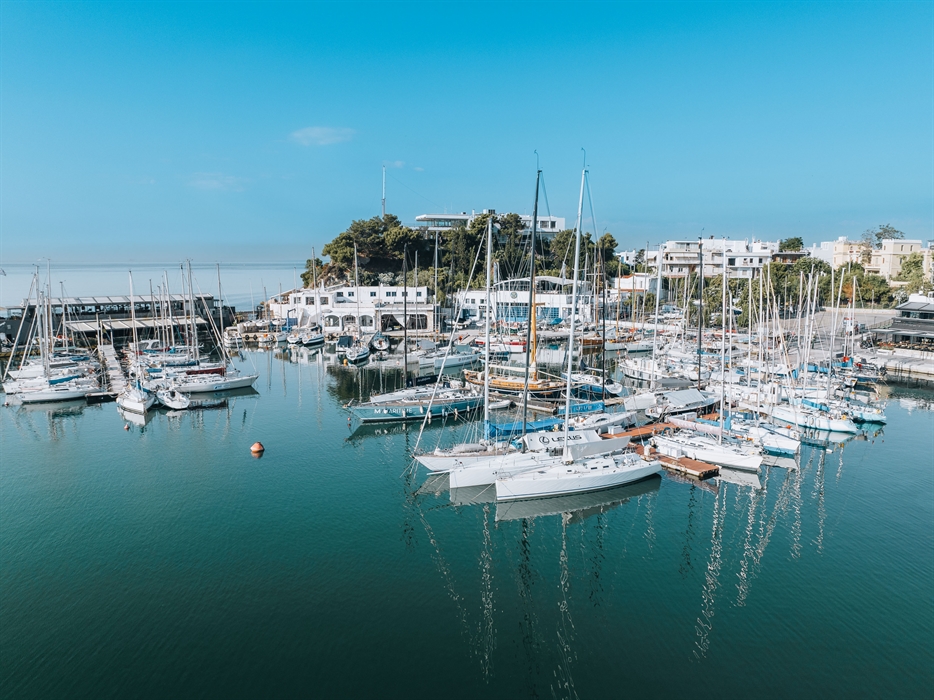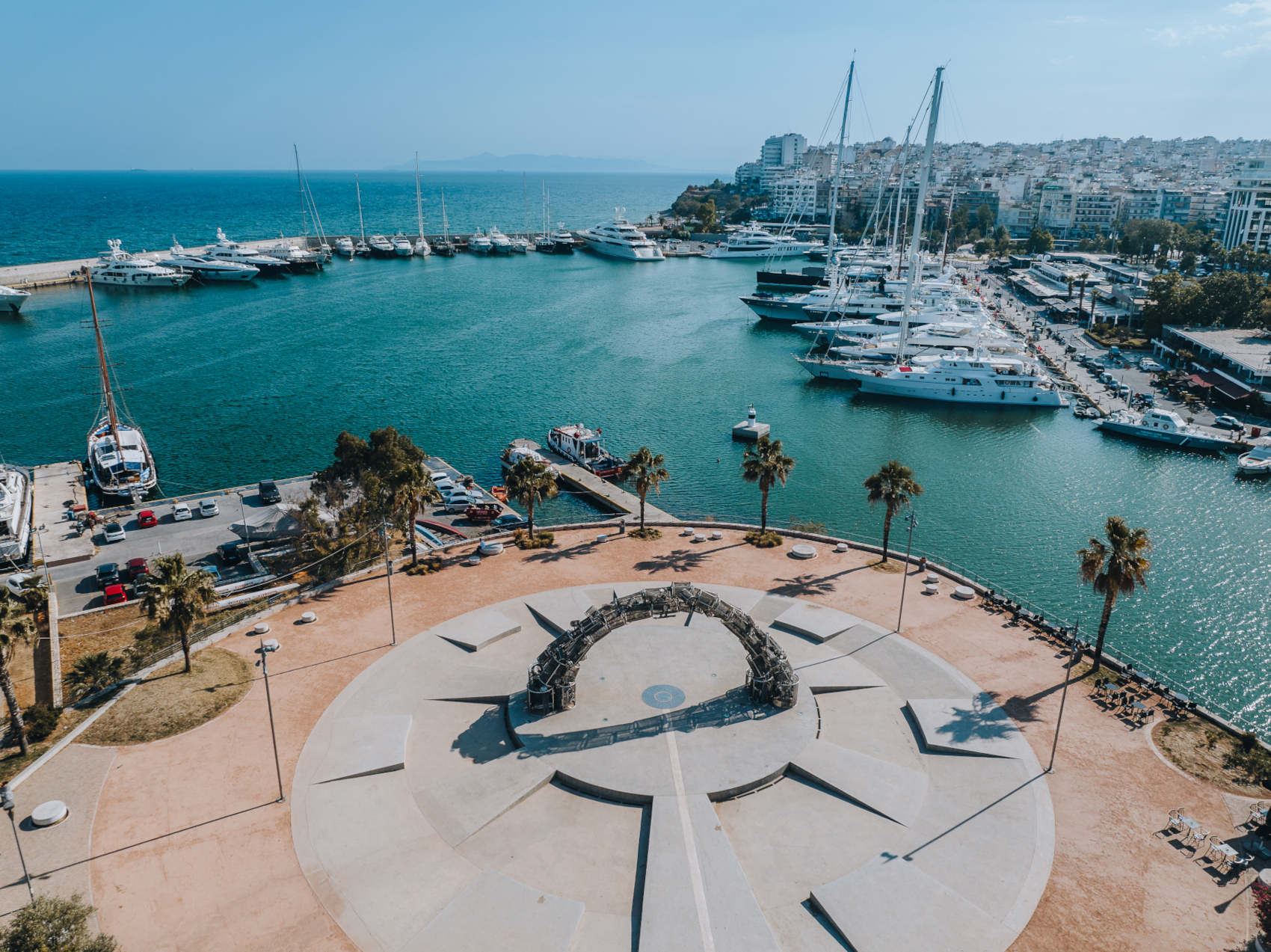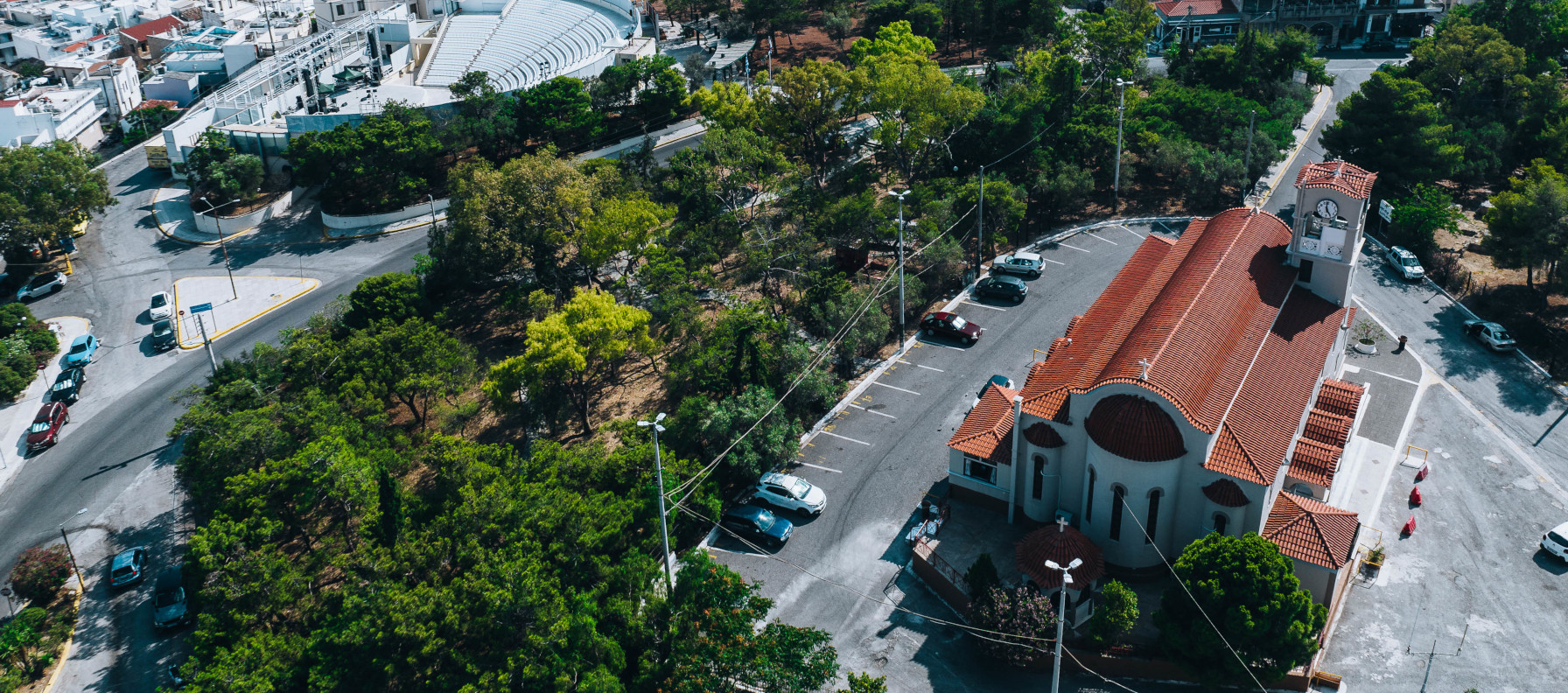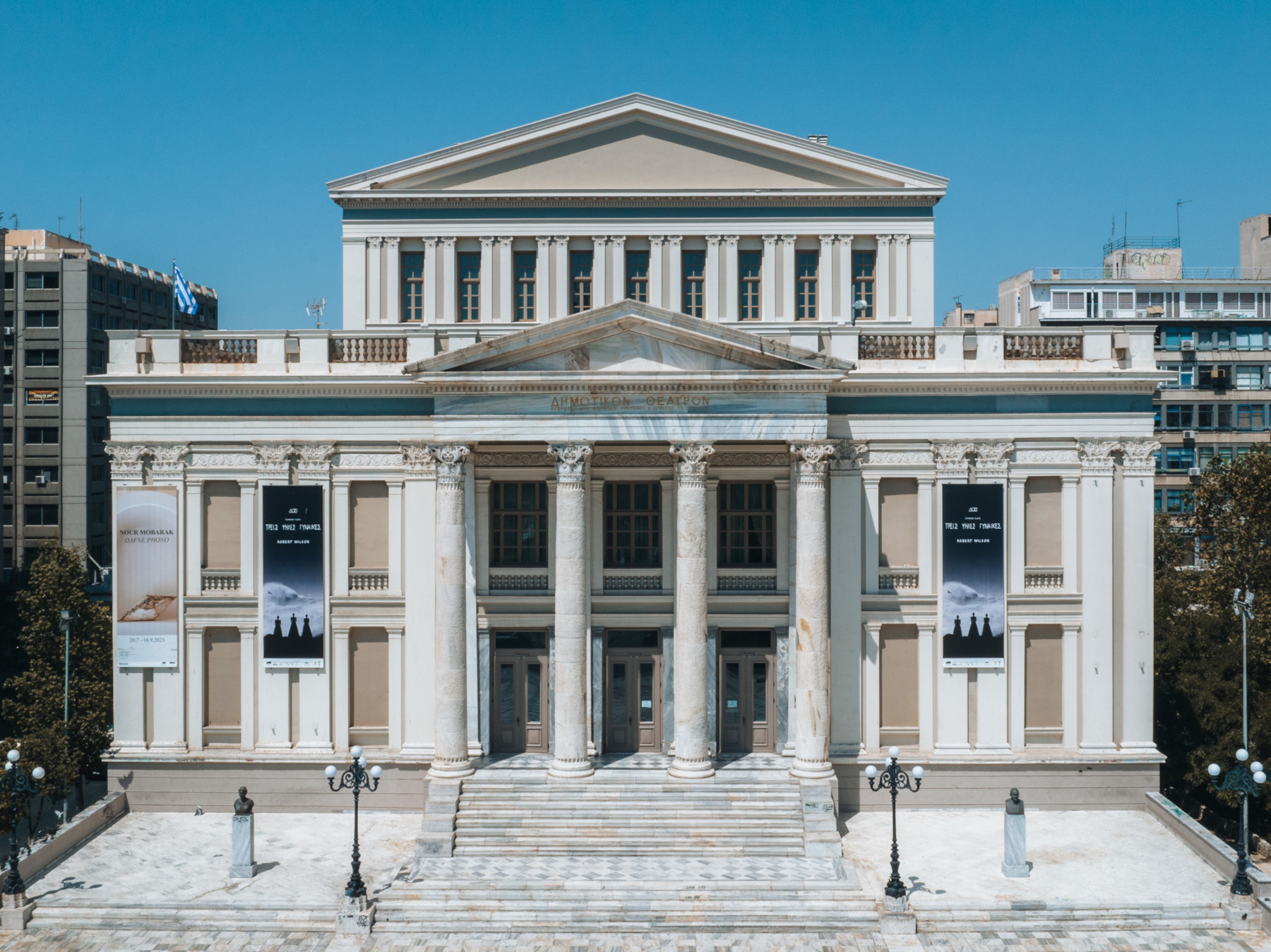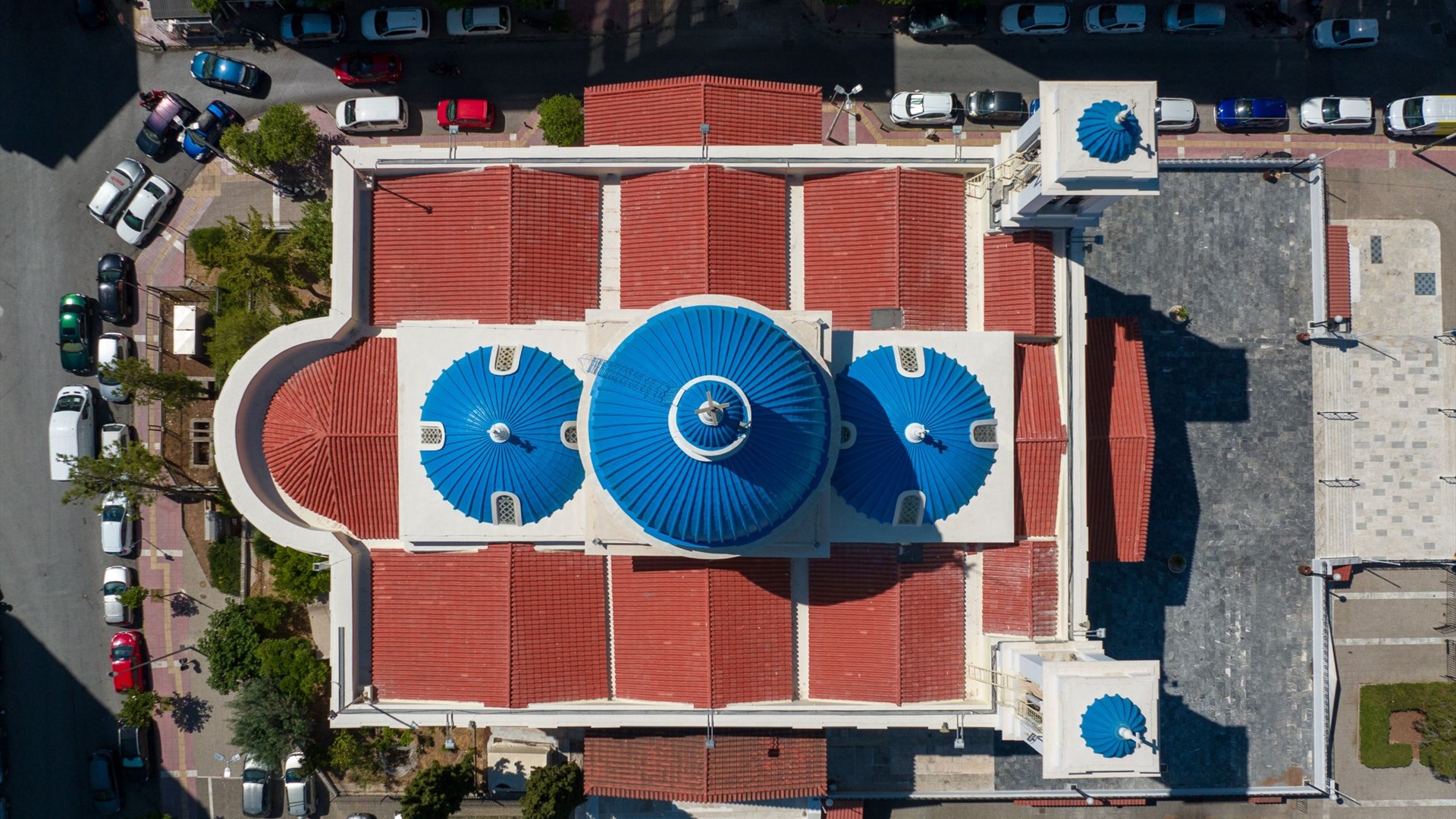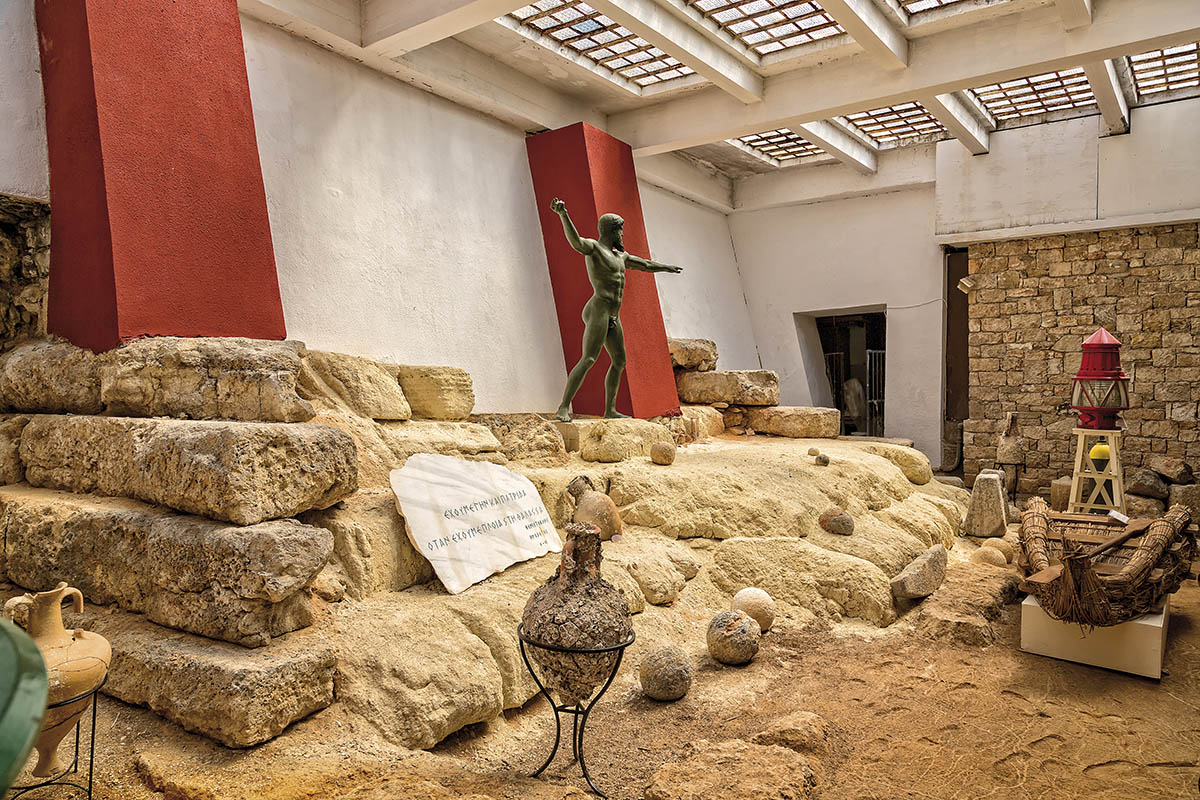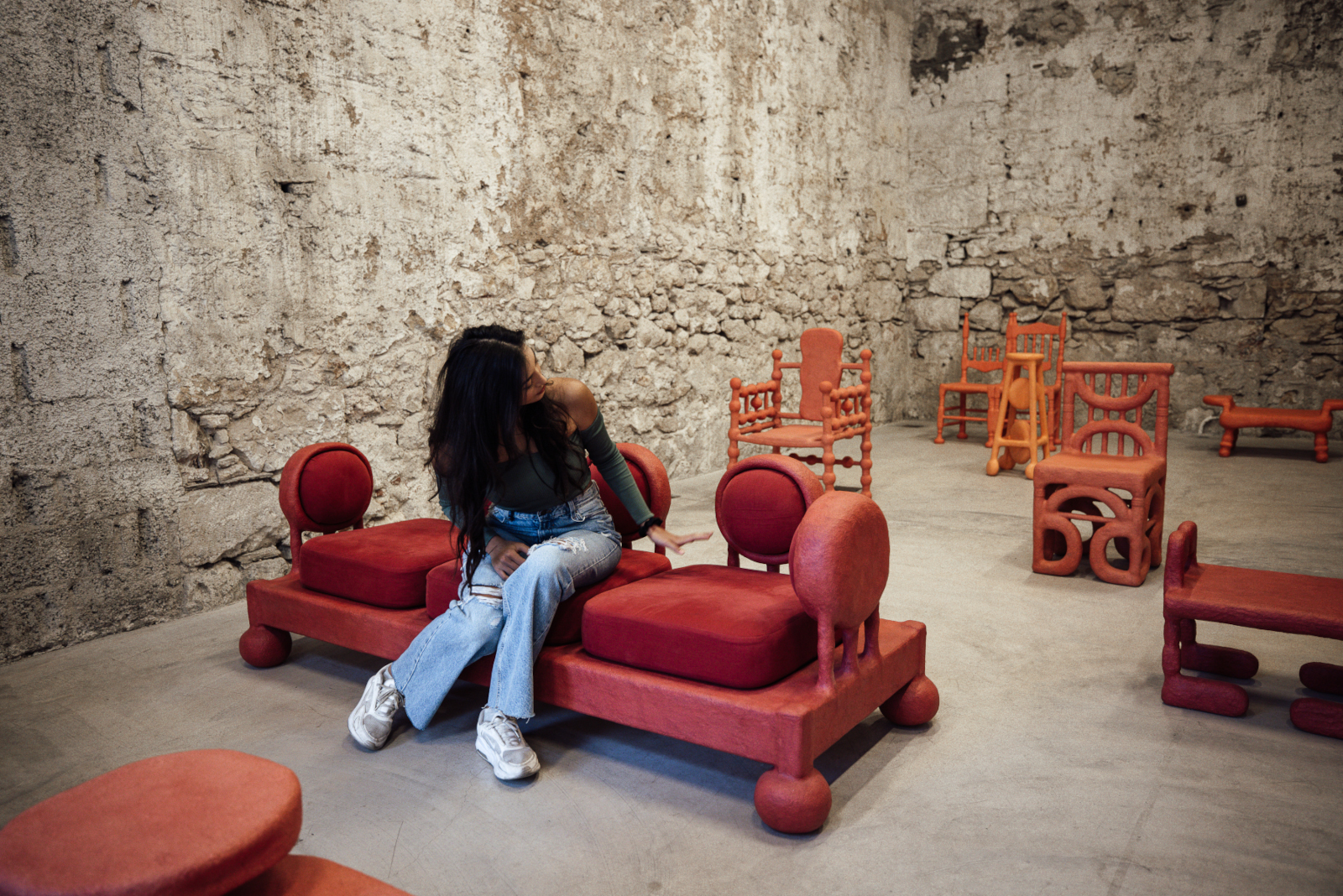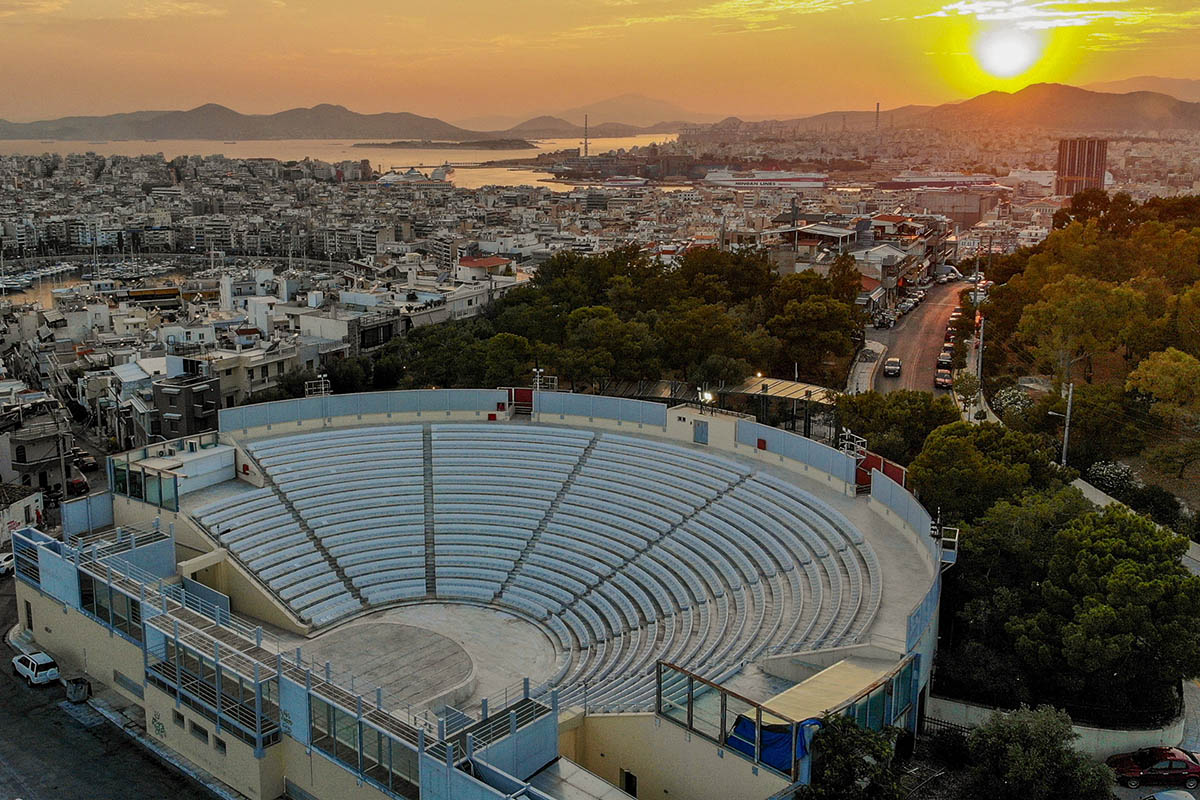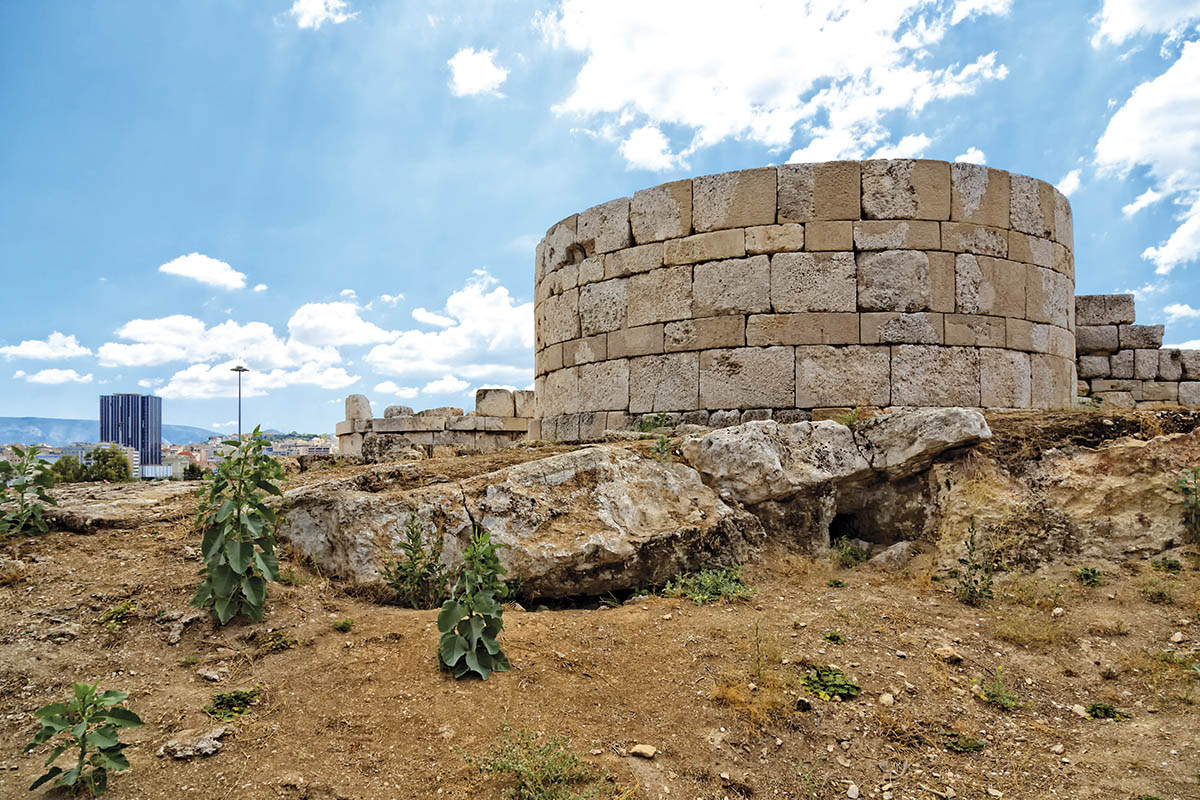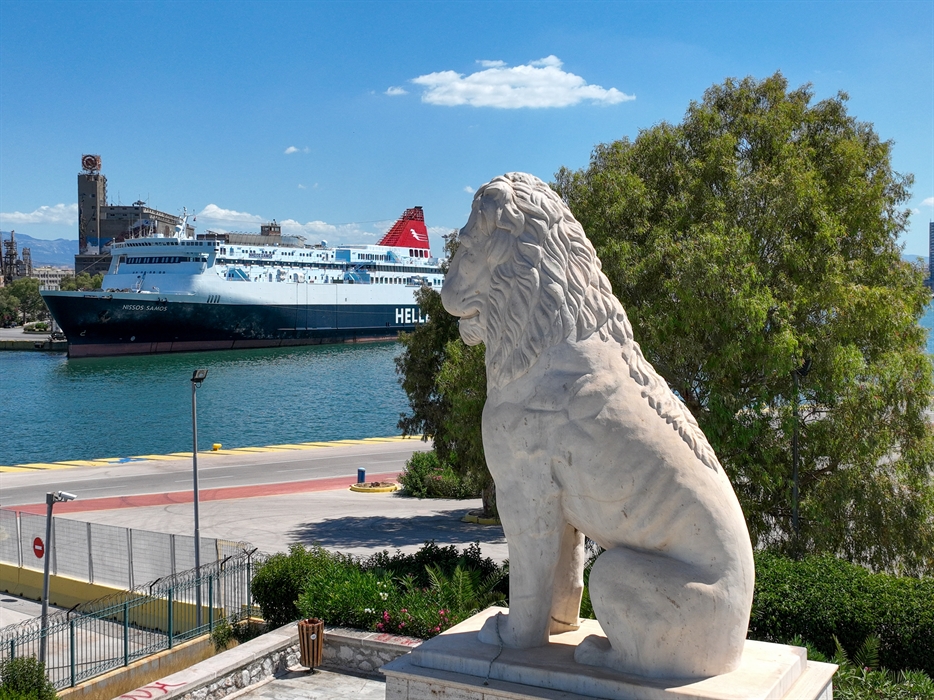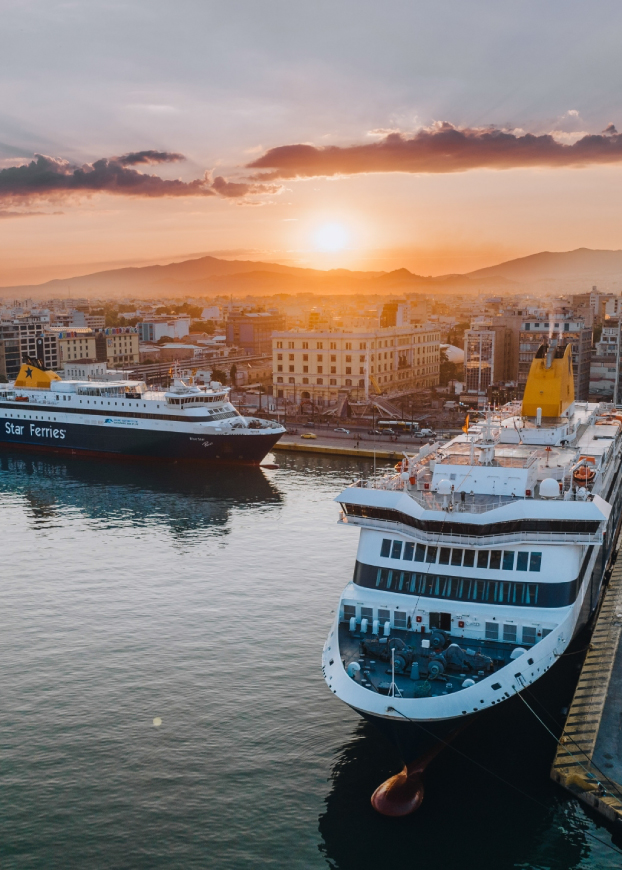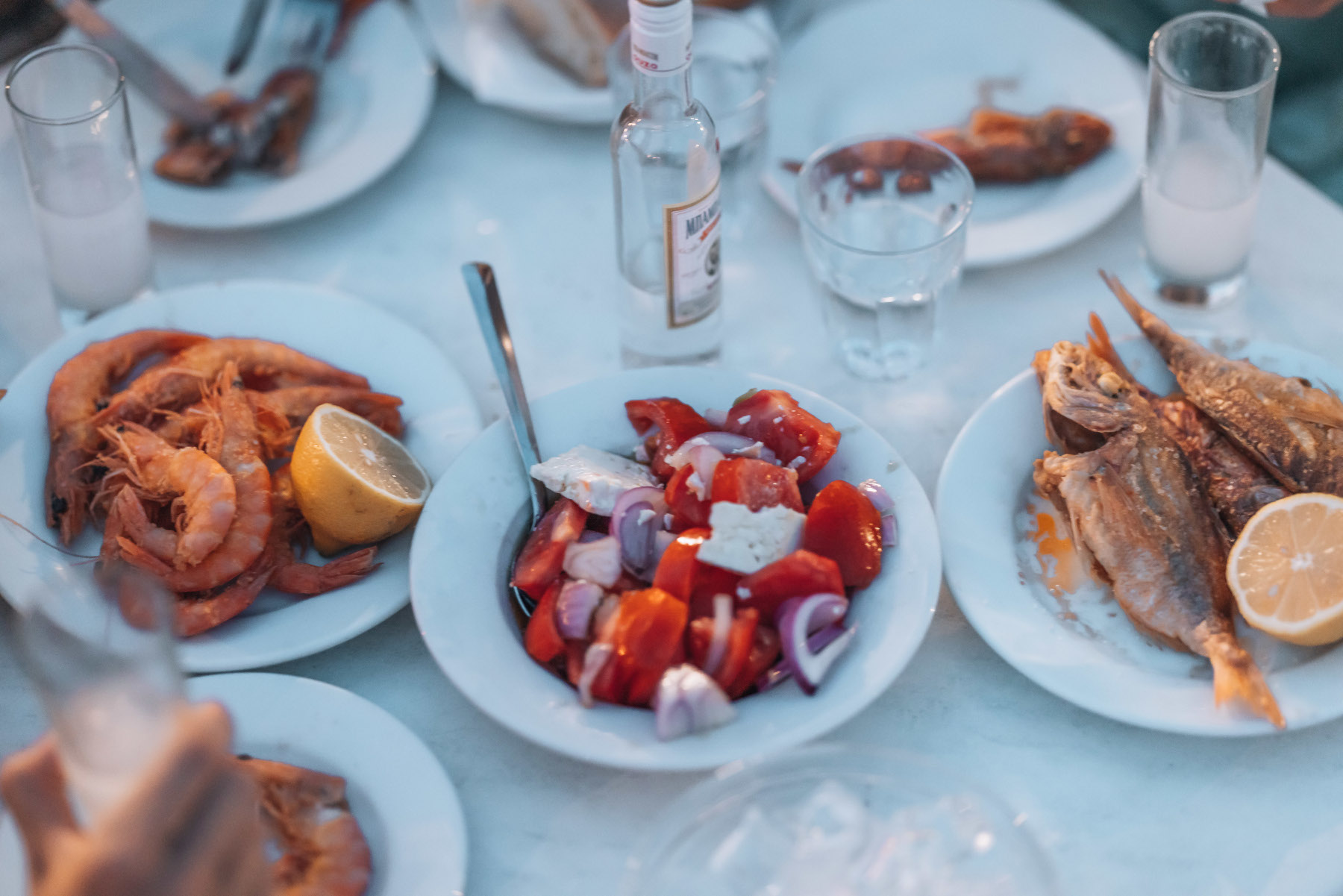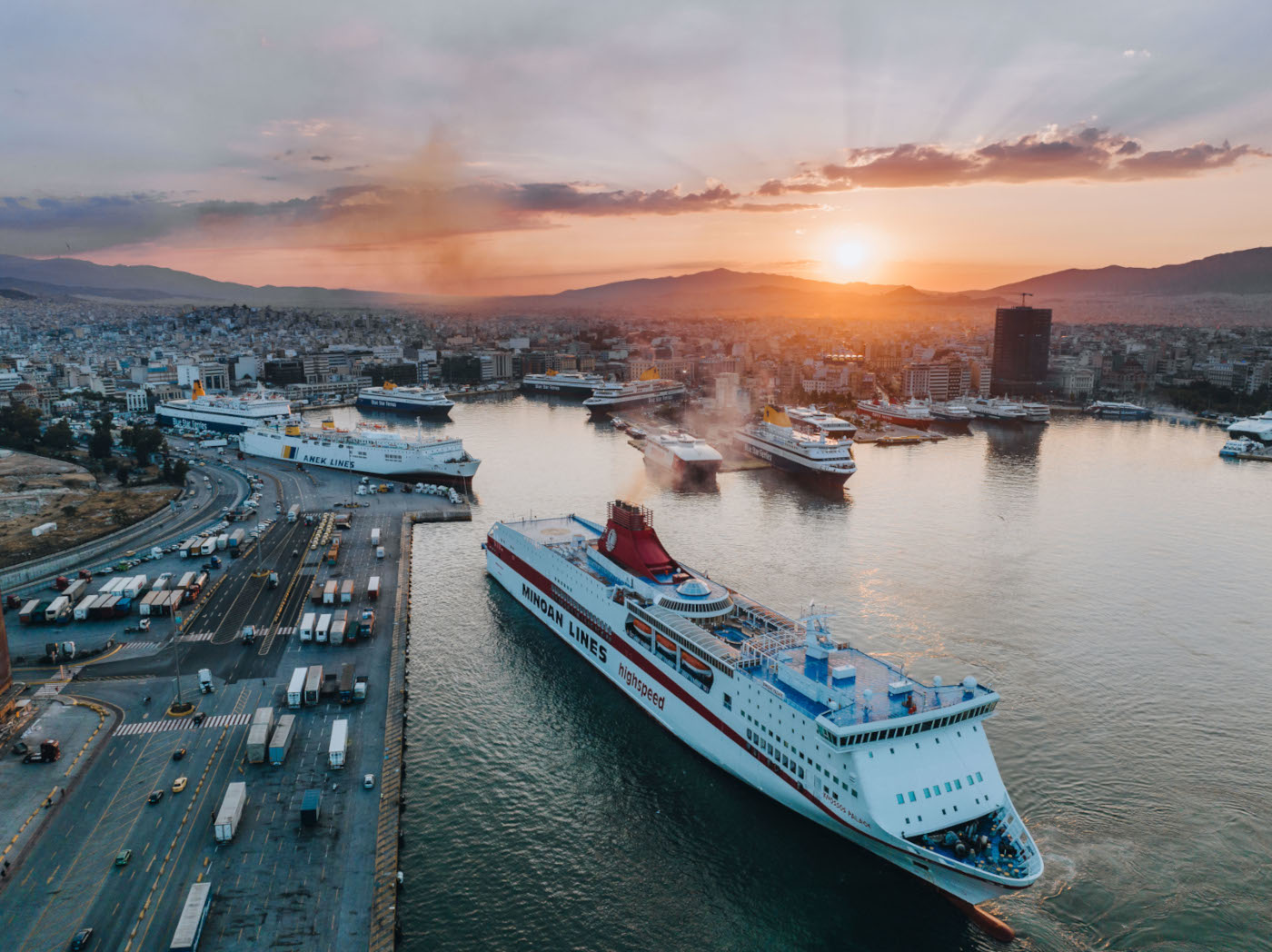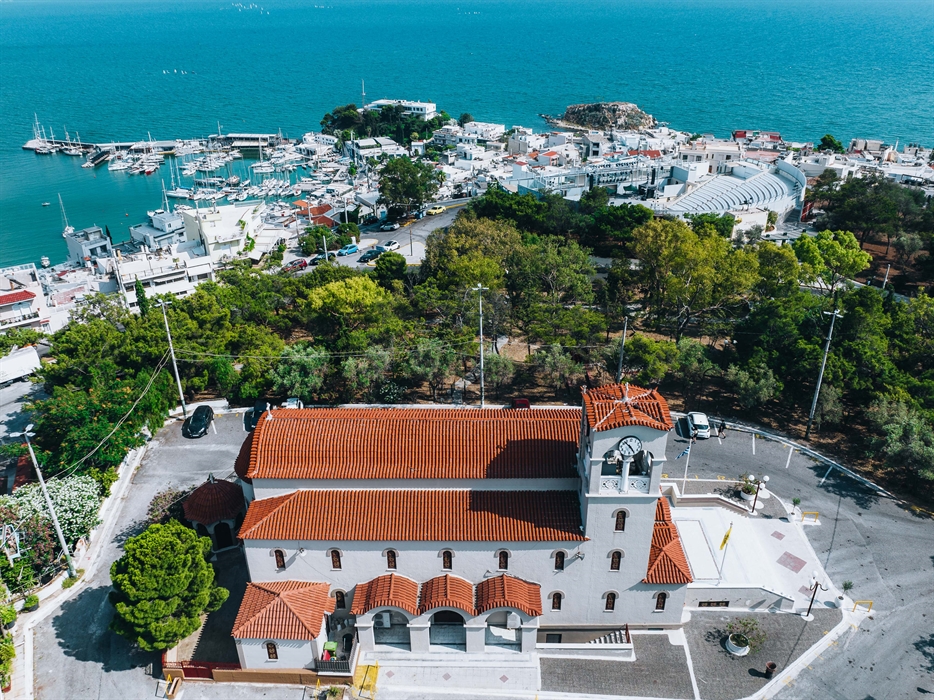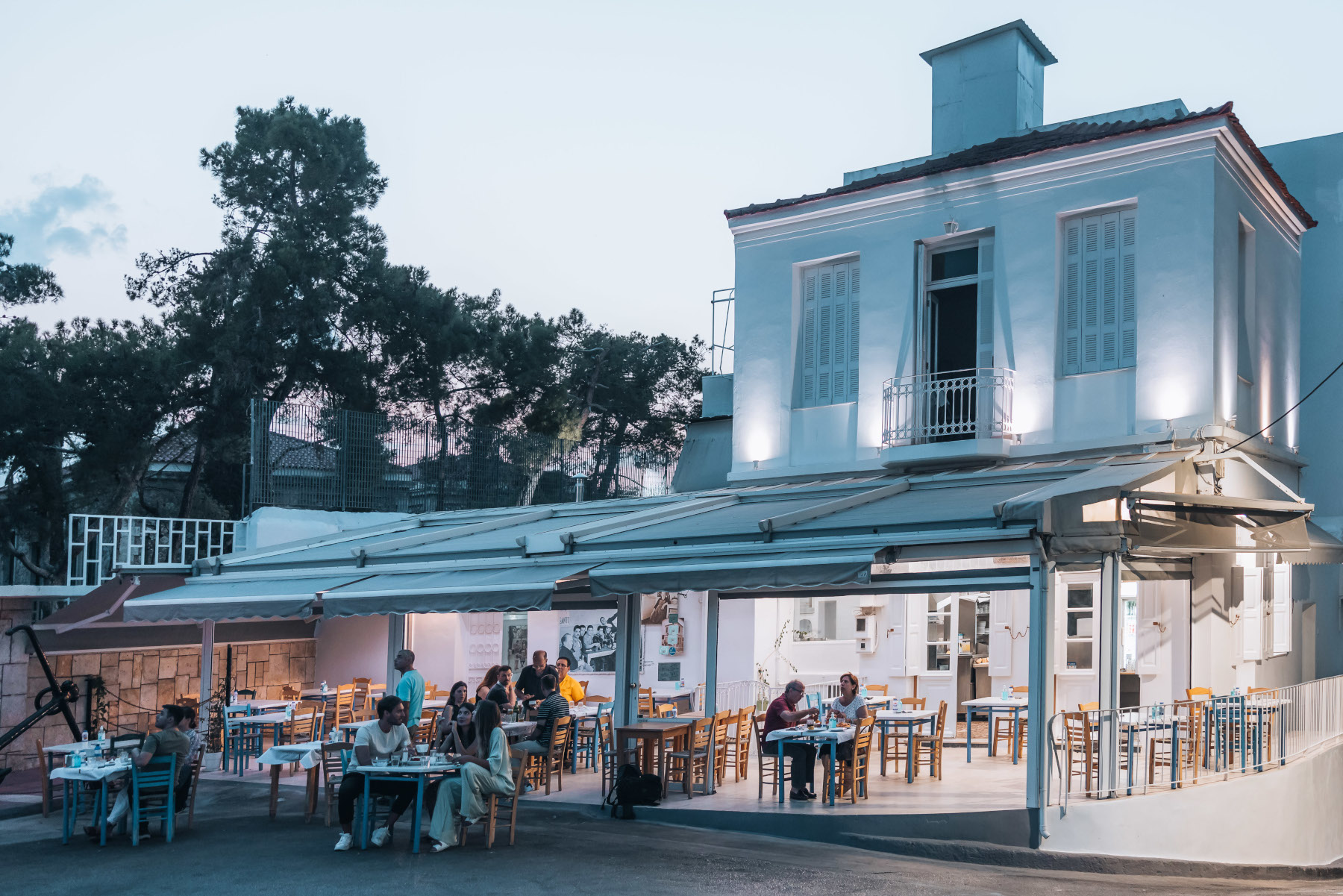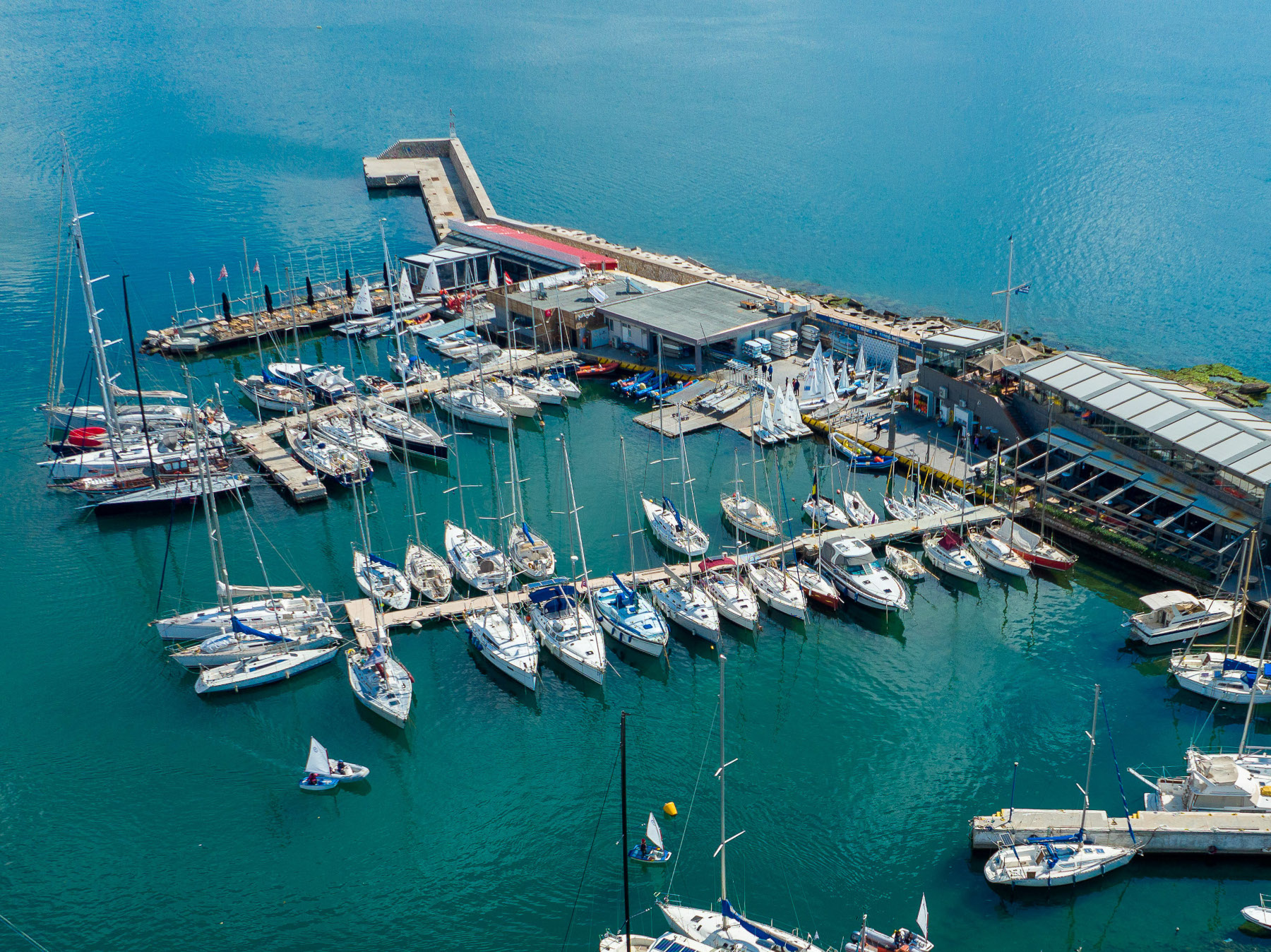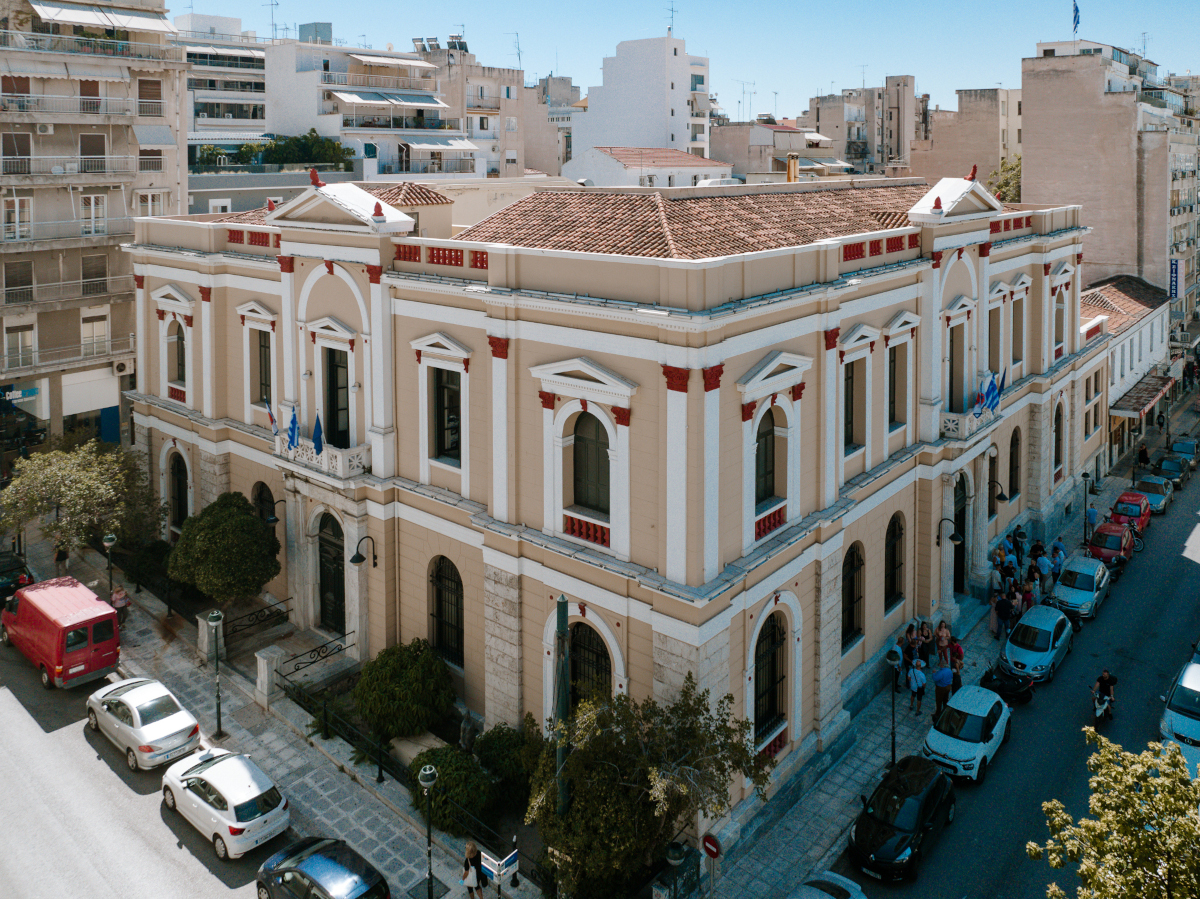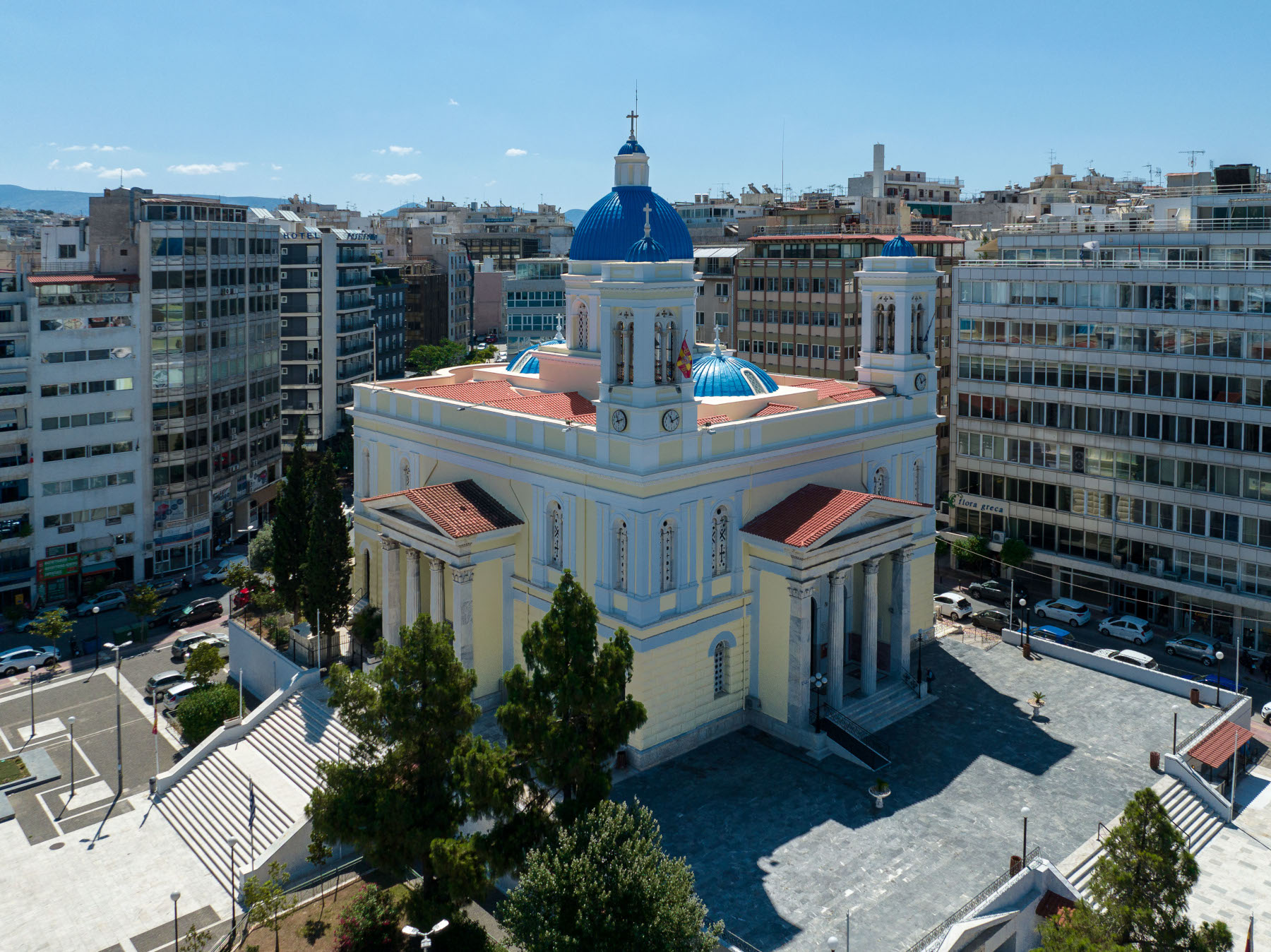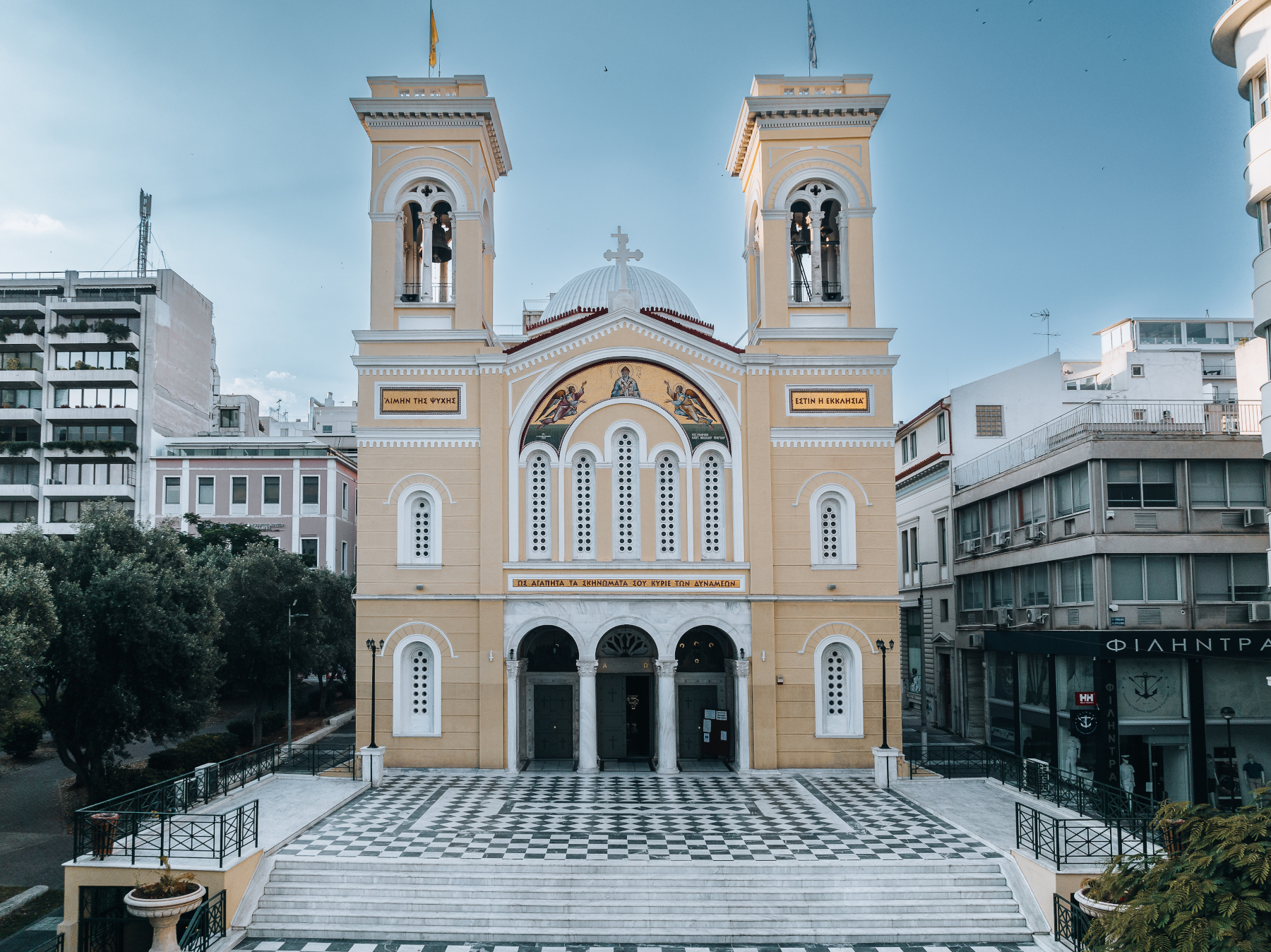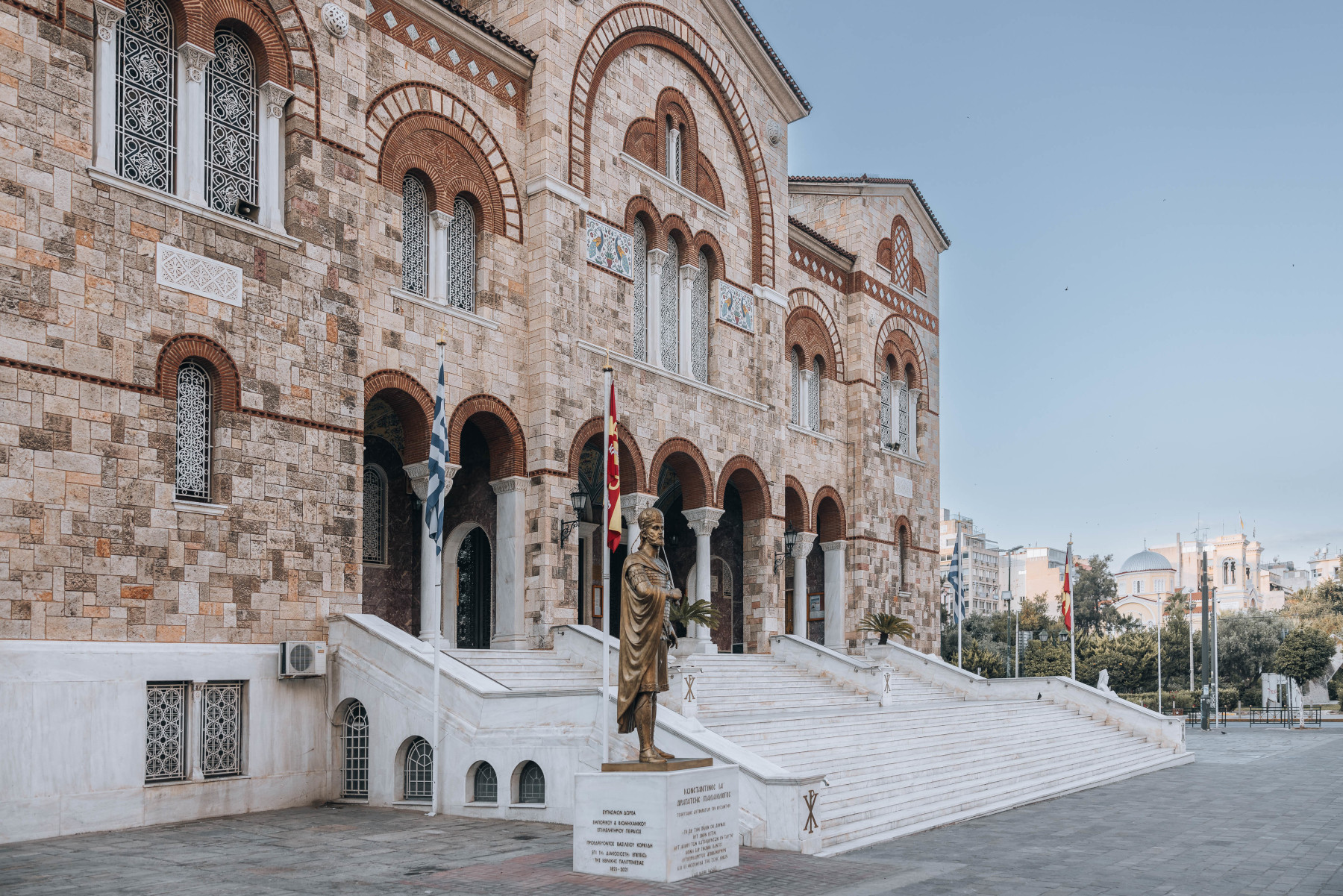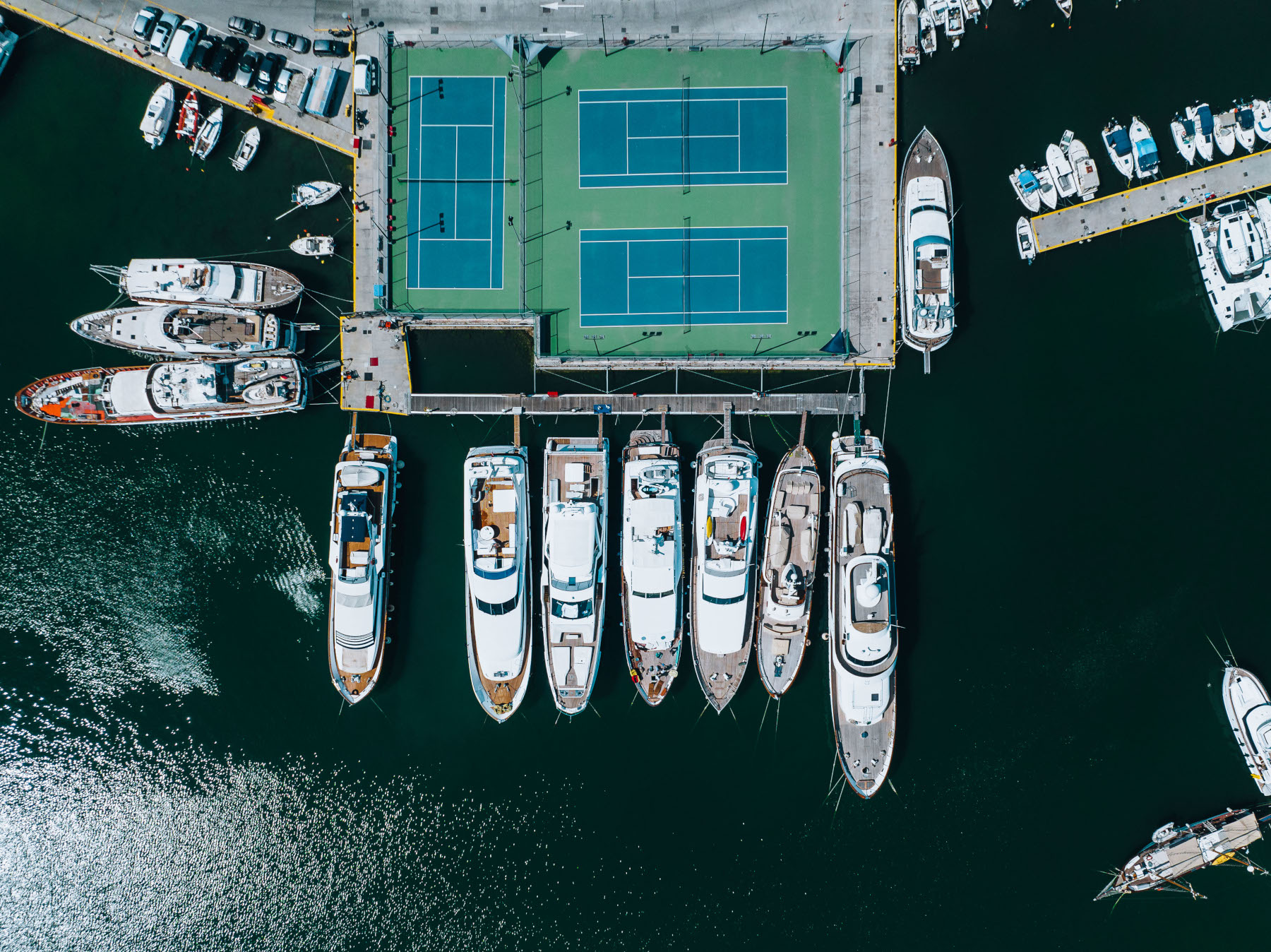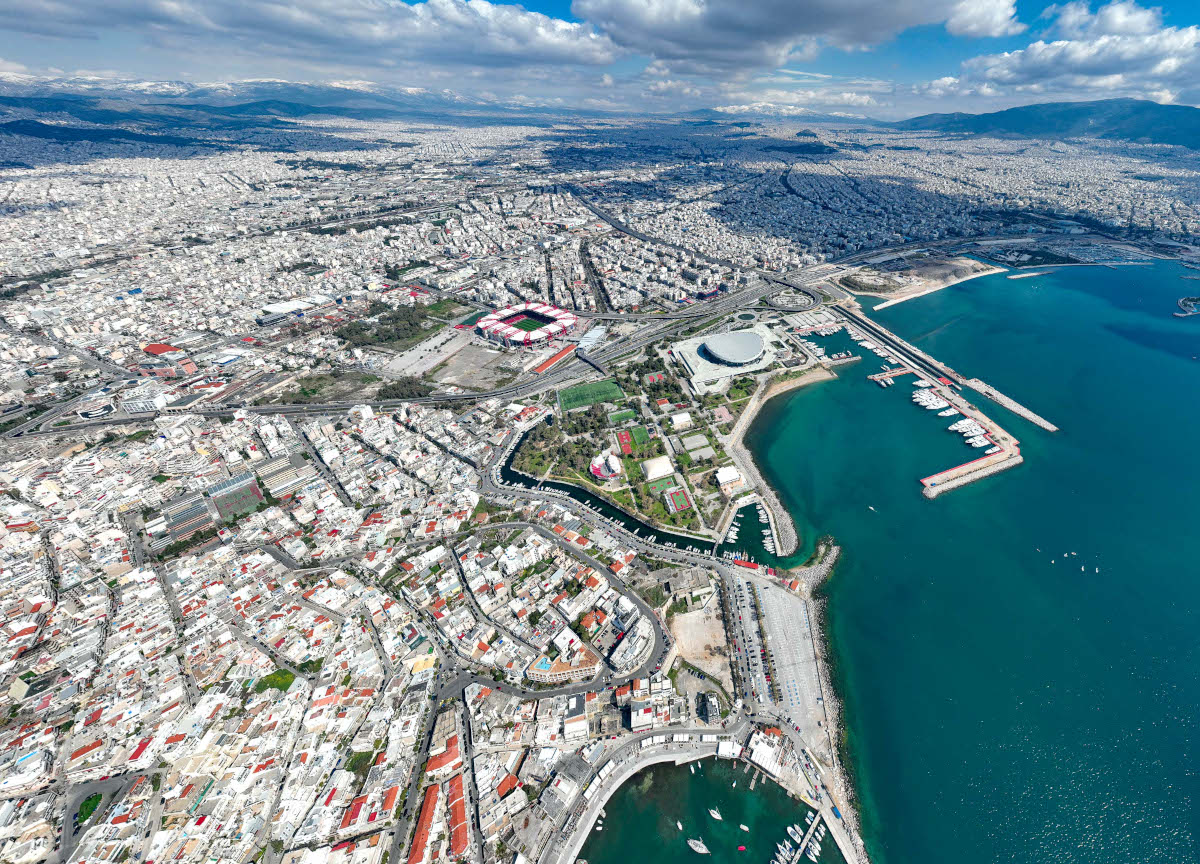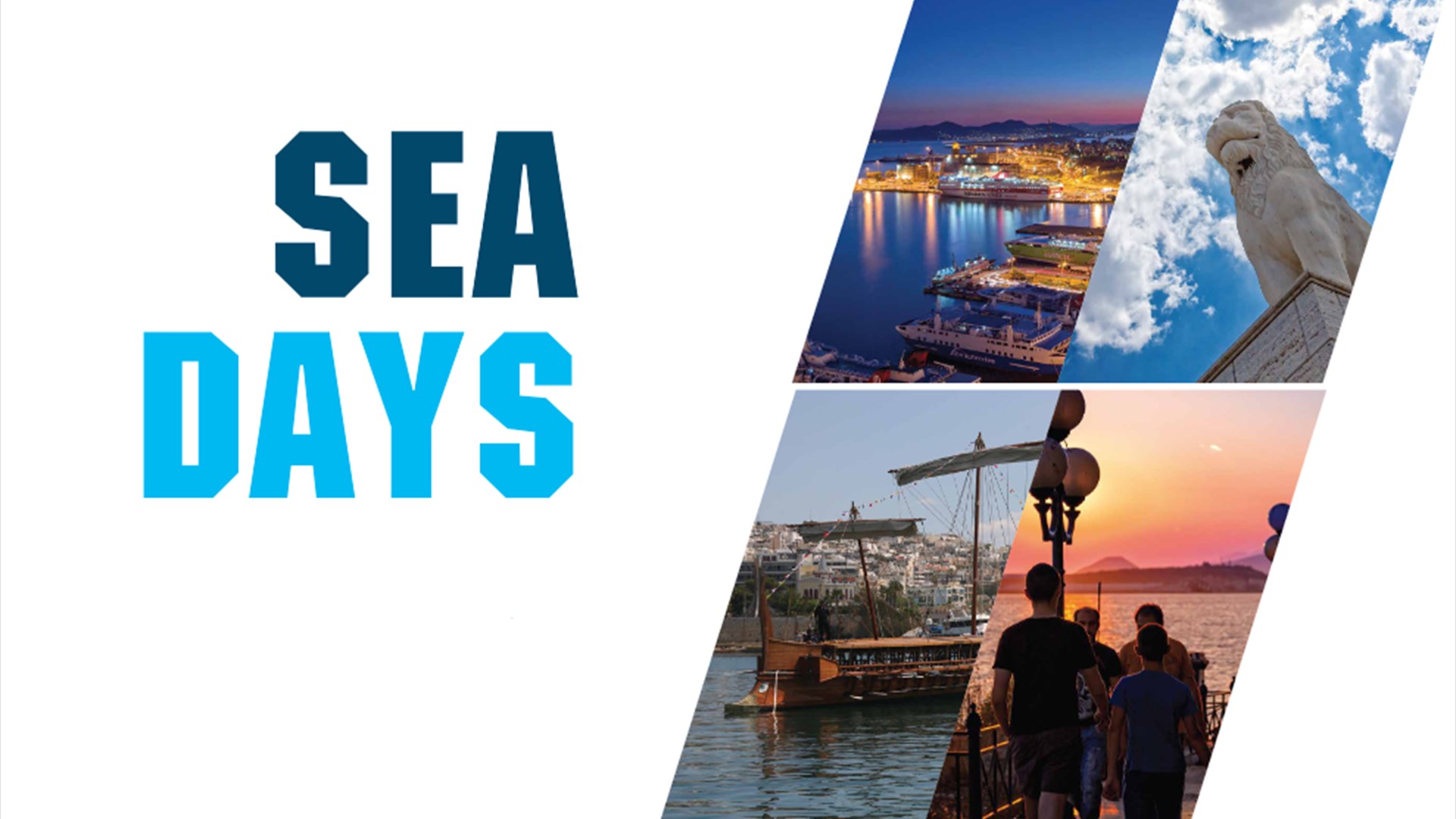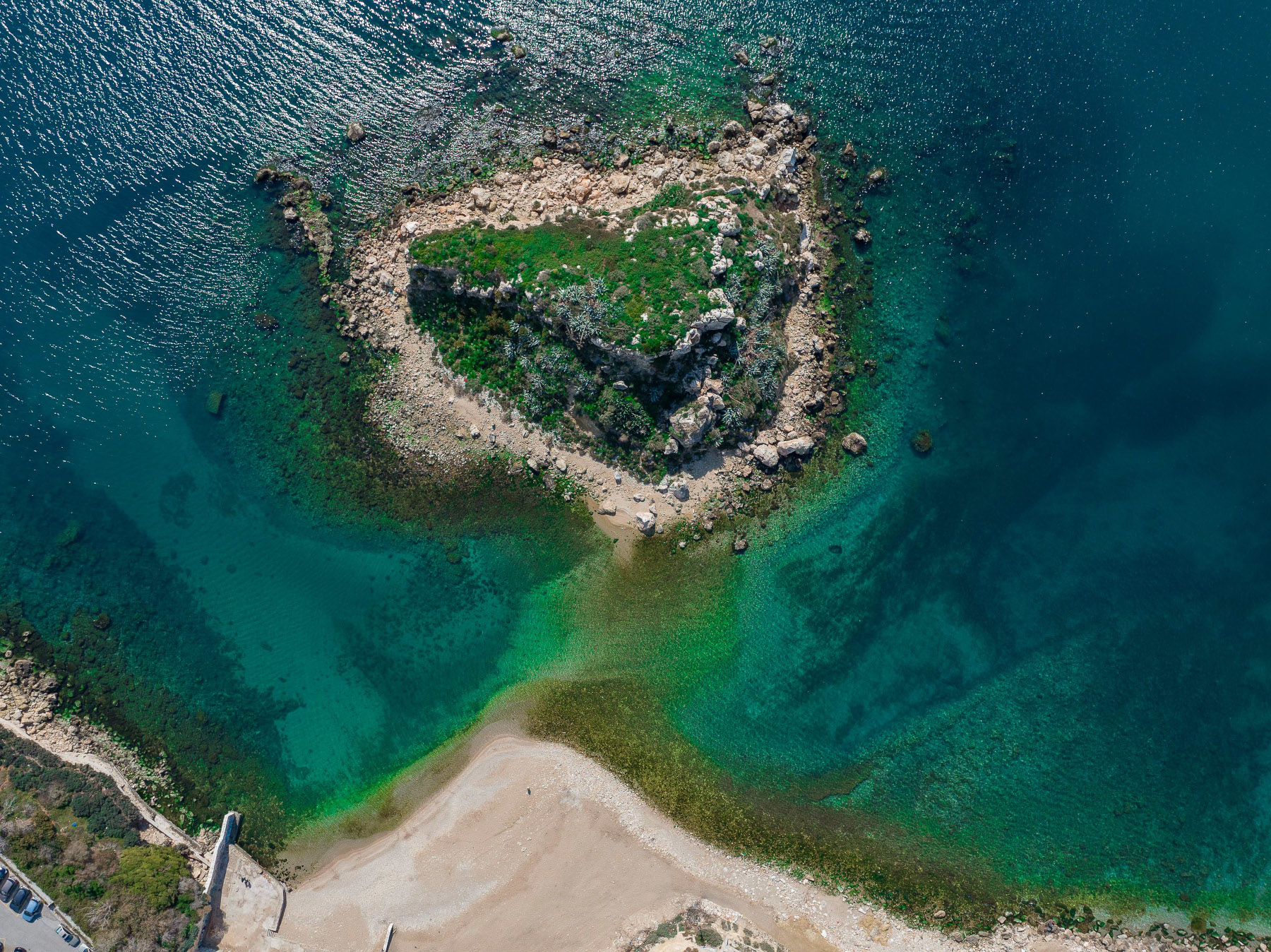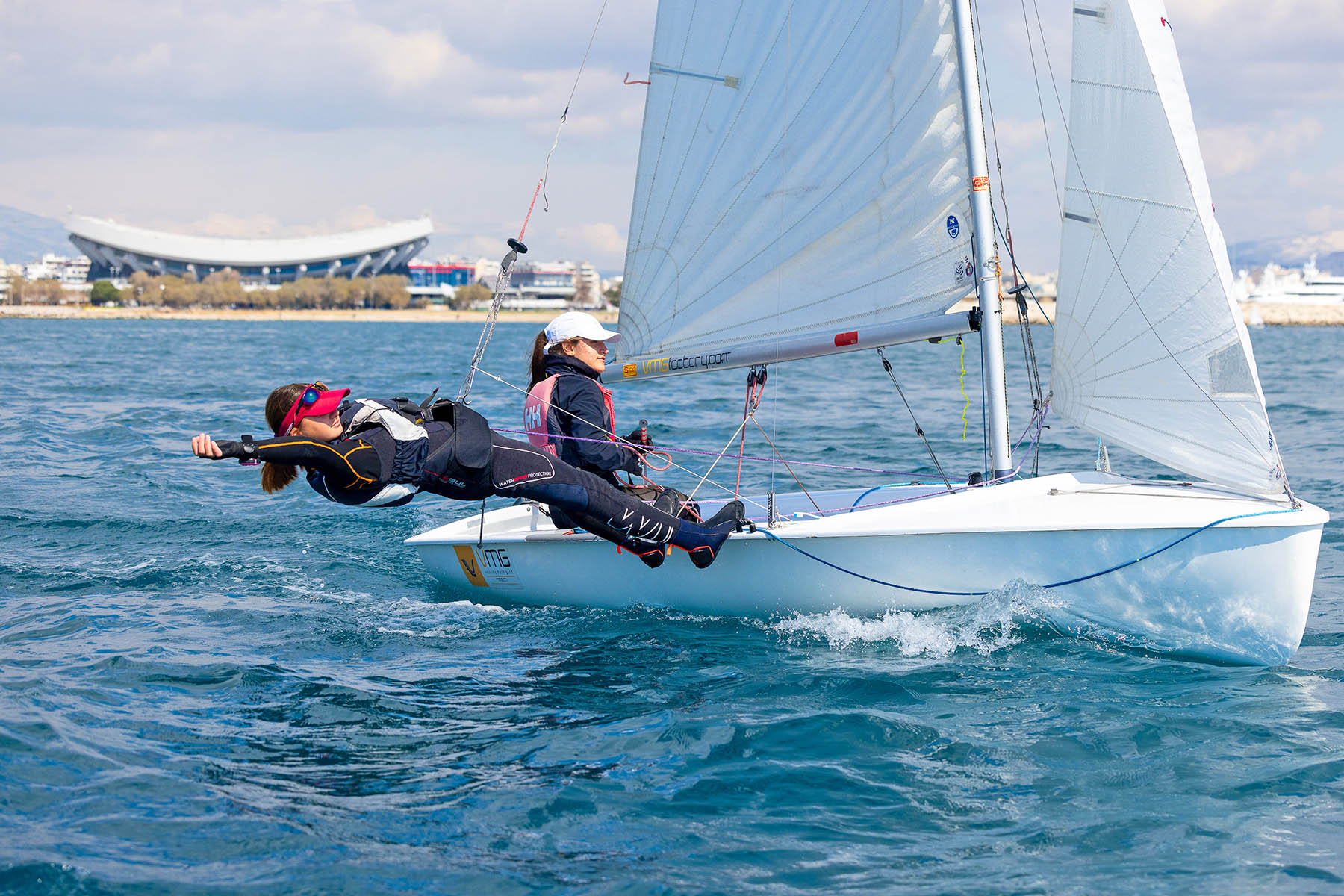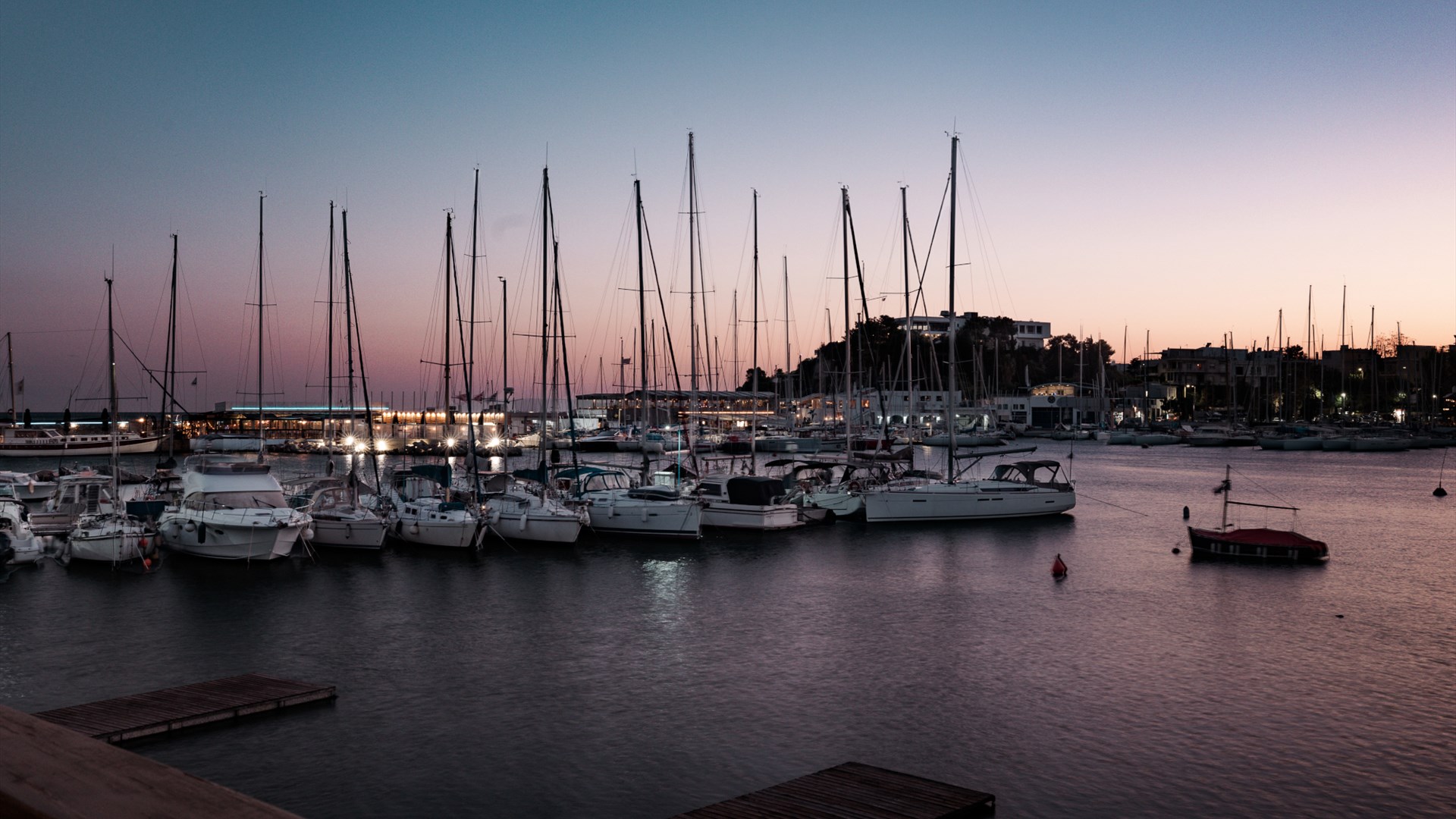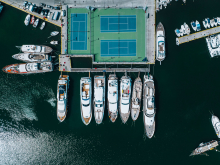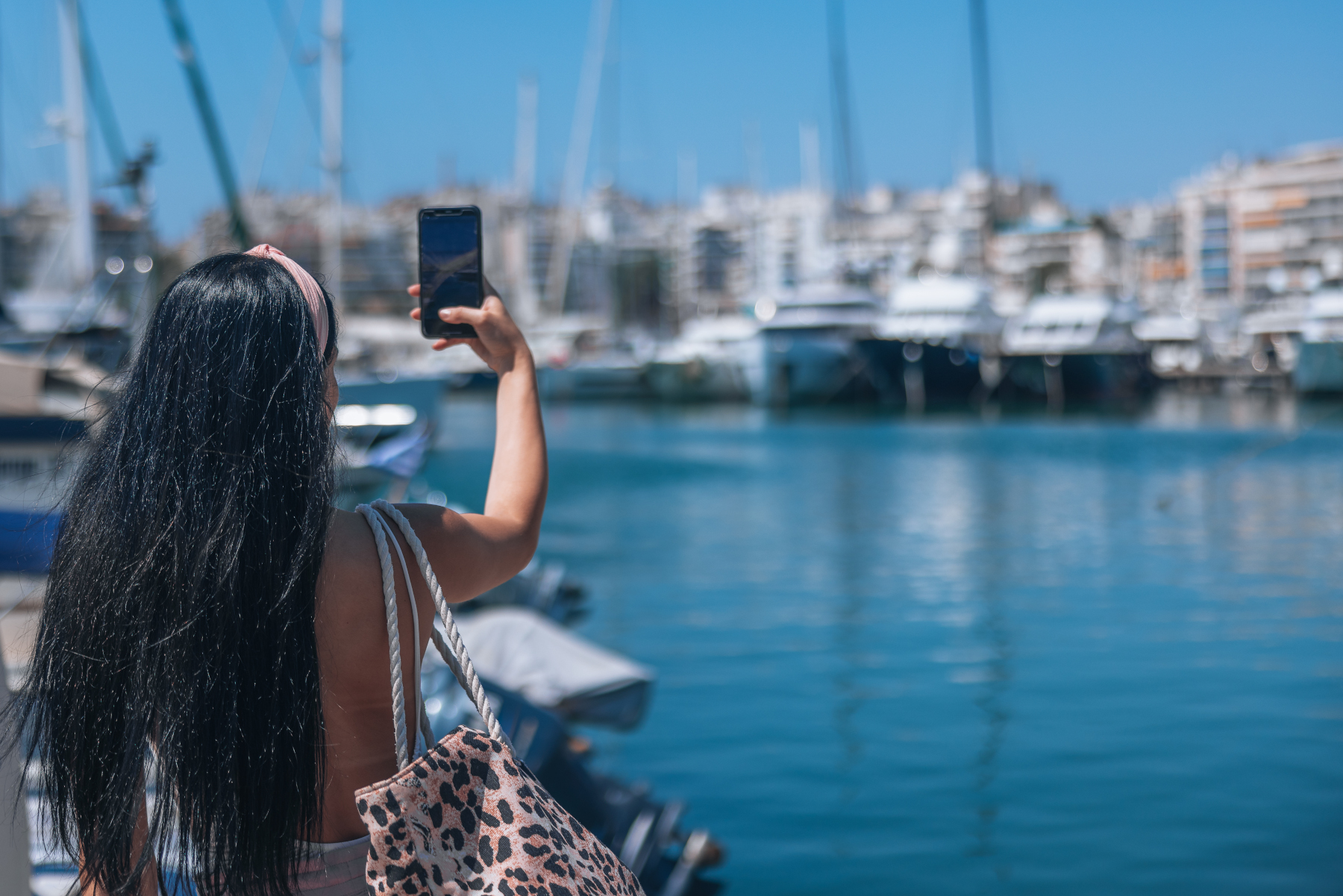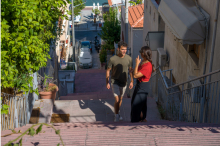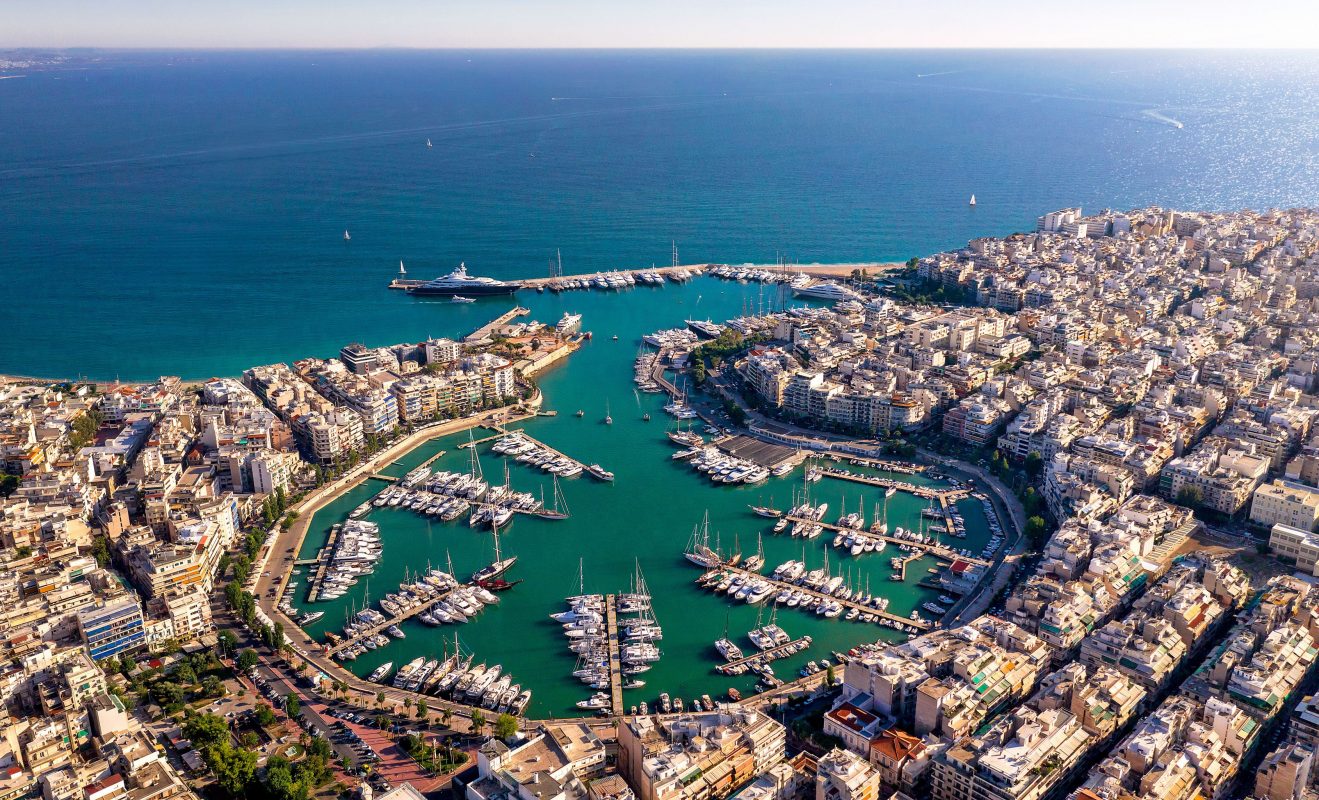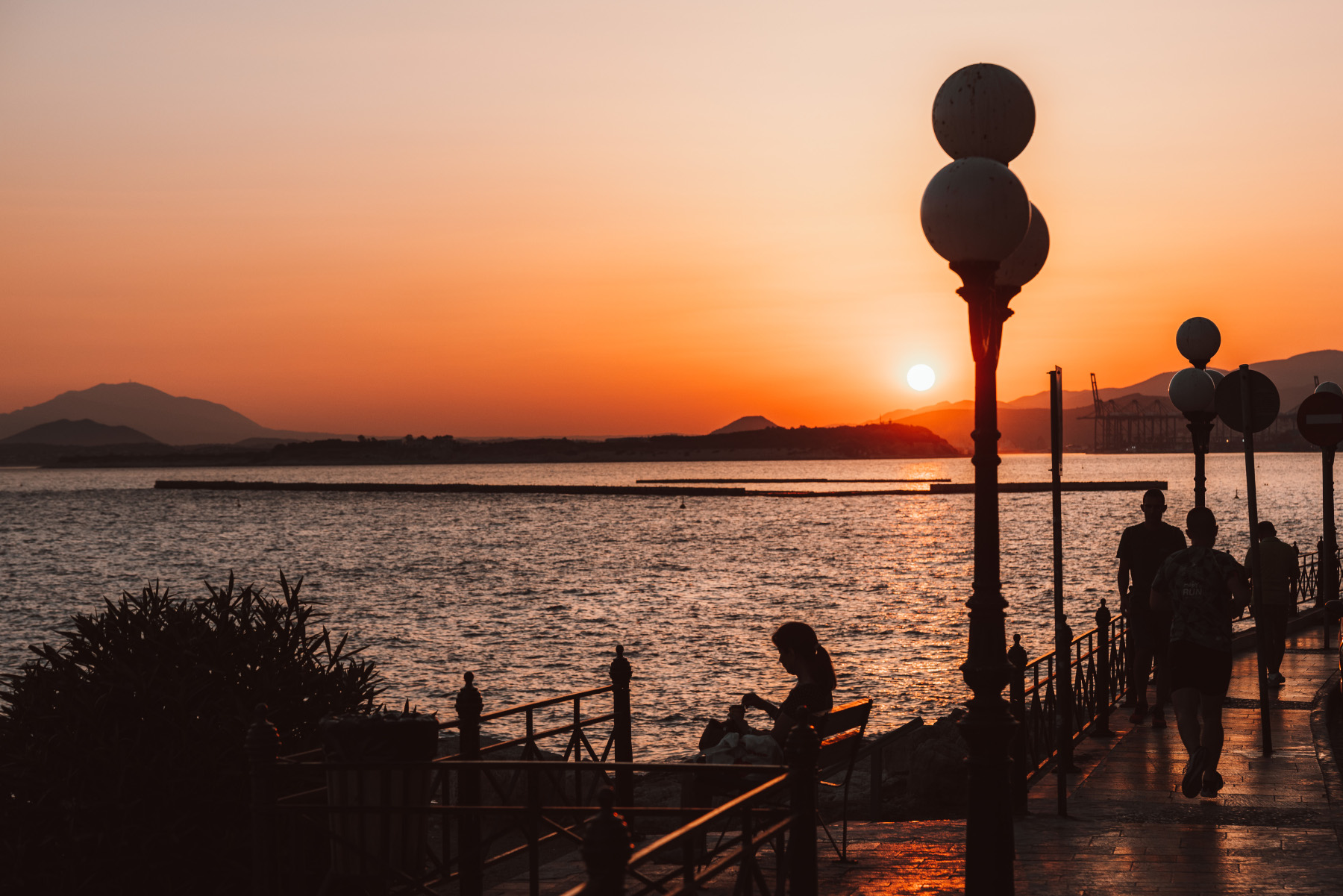To the Port of Piraeus
To the Port of Piraeus
Are you coming or going? Are you welcoming or bidding farewell? To which island will you journey today? To which city for business or leisure? Did you arrive by cruise ship and are you ready to stroll through Athens and explore the beauties of Piraeus? I wonder what thoughts cross your mind as the ship drifts away, and you take photos and bid farewell to Piraeus, with the sea breeze ruffling your hair and the sun bathing the decks. A city-port. The entire coastline with its bustling streets, shops, former industrial zones, churches, the Lion on Xaveriou coast, the famous "Pagoda," the large cruise ships moored at their docks, unfolds behind the foamy trail left by the ship.
A historic, much-sung-about, bustling port that remains unforgettable. The ultimate synonym of travel. And you, one of the many millions of travelers from around the world, choose a destination, a gate, and a ship, and set sail!
Even if you are not a history enthusiast, in the case of the port of Piraeus, it's worth having some basic information in mind. Because that way, you will understand what makes it so unique.
First of all. It is the largest commercial and passenger port in Greece, the most important in the Eastern Mediterranean, and one of the busiest in the world for cruise passengers.
In ancient times. Themistocles' vision for the development of Athens as a naval power through Piraeus with its three natural harbors, which were fortified, also included the development of the commercial port: the Cantharus (or Megistos according to Pausanias), which is today's central port of the city. Its total area in antiquity was larger than today. The ends of the seawalls terminated at the two shores (Cape and Eetioneia) with strong towers that held chains (clamps) to close and prevent enemy surprises. The Cantharus bay was a naval station (the second largest after Zea) with shipyards and ship sheds. It protected the interior of the commercial port, known as Emporion, around which a separate wall was built. The organization and operation of the port during the time of Pericles, the continuation of Themistocles' work, was impressive – a precursor of the modern world! Moreover, through this wall, public buildings and stoas were constructed, impressing and declaring the superiority of Athens. In the harbor, docks and quays were built for ships, and the areas were divided according to the types of cargo. During the 5th century BC, Cantharus became the most important port in the Mediterranean! The economic prosperity of Athens depended on it and the supply of essential goods (mainly grain), timber, metals, and slaves. Revenues from harbor taxes (the so-called pentekostē) were also significant. Piraeus was a meeting place for merchants from all over the world, the first international banking center and a commodities and freight exchange, as well as a significant point of industrial activity. Along with the silver mining of Laurium, it was the largest source of income for the state coffers of Athens and a material precondition for Pericles' Golden Age (see in detail in the Ancient History section of Piraeus).
In the Roman period, Piraeus and Athens were separated. During these years, Piraeus not only declined but also, due to Athens' alliance with Mithridates and after a prolonged siege, in 86 BC, the Romans, led by Sulla, destroyed the city and set it on fire along with the shipyards and warehouses. The few inhabitants who remained lived near the port and the temple of Savior Zeus. The revival came to Athens and Piraeus thanks to the Emperor Hadrian (see more in the Roman period section).
For the late Byzantine era, very little information is provided by the runic inscription on the feet of the funerary lion at the harbor's entrance. From this lion, the city was named Porto Leone during that period. Morosini stole the statue and was responsible for the destruction of many antiquities due to a large defensive trench that connected the central harbor with that of Zea.
Ottoman rule followed (see relevant section). In 1824, Piraeus was liberated from the Turks.
PIRAEUS in the 19th and 20th centuries. From the 19th century to the present day, the history of the port is so rich in events and significant for the commerce and industry of Greece that it is difficult to summarize in a few lines.
Let's choose the following:
When did the interest in the harbor begin in the 19th century? In 1834, with the transfer of the capital to Athens from Nafplio, the newly formed state turned its attention to the development of the port. The Chians from Syros came - wealthy families who would become the emerging commercial and industrial bourgeoisie of Piraeus - and the Hydriots.
Why was its significance so great? It was the emporium of Athens and a hub of three major trade routes in the Mediterranean: for grains from the Black Sea and Alexandria, for the export trade of Turkey, Egypt, Greece, Persia, and Southern Russia to Western Europe. For the importation of industrial products from England and other industrial countries to Turkey, Persia, and Greece. Later, with the opening of the Suez Canal, it became a center for ship repairs and refueling.
In a few words, it was at the crossroads of major maritime routes in the region. As long as there were no developed land roads in Greece, ships, and later railways, made the Port of Piraeus the "beginning of everything"!
For this very reason, of course, it also suffered. It was bombed many times during World War II and the Occupation by Italians, Germans, British, and Americans, and thousands of residents were left homeless.
Which industries developed in the port: Between 1835 and 1930, significant industries were established here, and warehouses were created for storing products that were imported and distributed in the country or produced and exported. Thanks to the large industrial buildings that are preserved, and several of them are starting to be renovated for reuse, you can get a sense of the era.
In 1852, the port became a center for the collection and storage of wheat, leading to the establishment of flour mills. By 1900, there were 50 flour mills operating in the city. Some manufacturers also produced pasta. There were also confectionery factories producing halva, tahini, Turkish delight, and candy. Near the port, pottery workshops, textile factories, silk production facilities, and spinning mills developed. From 1870-1874, Piraeus established its cotton and textile industry, with 34 textile mills still operating in 1920.
Raisins were the primary raw material in distilleries, and their easy supply from the port led to the growth of this industry. In 1900, nine distilleries were operating, including the two largest ones known for significant exports: "S. and A. Metaxas" and "T. and N. Pipinelis."
Of course, during all these years, shipyards, both large and small, developed, and major shipping companies opened agencies here starting from 1875. Alongside them, various types of machine shops flourished. In 1880, with the use of steam in shipping, the industry progressed even further.
Imagine the scene: The port of Piraeus with refugees and immigrants coming and going "to foreign lands." With merchants, bankers, politicians, shipowners, and the working class. The port was a melting pot of social classes and inequalities, with people from Greece and other foreign countries, each with different cultures, customs, tastes, and expectations. An industrial labor city that gazed enviously at neoclassical mansions and sang its sorrows in rebetika music. The port of Piraeus was always in motion, constantly changing: growth, decline, and growth again. The national port that became connected through railways and later roads to the rest of Greece and eventually merged with Athens and its surrounding region into a single urban space.
In 1930, with the establishment of the Piraeus Port Authority (OLP) and the development of infrastructure, the port embarked on a new journey in the 20th century.
And today? Modernized, with continuous investments in improving its infrastructure, it remains the "link" connecting mainland Greece with the islands of the Saronic Gulf, the Aegean, and Crete. It is also the European Union's main maritime gateway in the southeastern part of the region.
That's why, from time to time, we still say, "Let's go to the port!" And we can mentally hear Melina Mercouri's voice: "No matter how hard I look, I can't find another harbor, that has made me as crazy as Piraeus..." These lyrics are from Manos Hatzidakis's Oscar-winning 1961 song from the iconic Jules Dassin film "Never on Sunday."
Exploring Starting from Cruise Ship Terminals
If you are about to depart on a cruise or have made a stop at the port, it's worth getting to know Piraeus, even with a brief stroll. There are 3 different routes (linked with a relevant menu) starting from the points where the cruise ships dock (Akti Xaveriou and Dilaveri). You don't need to complete the entire routes, as exploring even a part of them will allow you to see some of Piraeus' attractions, stop for coffee or a meal, and enjoy its unique atmosphere. Experience a genuine Greek summer, right in the heart of it!
Piraeus "Pagoda"
Standing out on Akti Xaveriou with its curved metal roof, Piraeus "Pagoda" is an architectural marvel. It was designed by architects I. Liapis and H. Skrumbelos and was one of the most fascinating proponents of modernism in Greece. The "Pagoda" was inaugurated in 1967, serving as an exhibition space and hosting the first international exhibition of the "Poseidonia." In 2013, it was declared a preserved building. The initial purpose was to serve as an embarkation-disembarkation point for cruise ships and a farewell station for Greek immigrants heading to the USA and Australia in the 1960s.
Info
Access to and from the port is possible via the metro, buses, and trains.
For tram routes, see here.
The bus line X80, "Piraeus-Acropolis-Syntagma Express," connects the OLP cruise ship terminal in Piraeus (Akti Xaveriou, Akti Miaouli) to the Acropolis and the center of Athens. On the way back to Piraeus, it passes by the Stavros Niarchos Foundation Cultural Center. For this line, see more.
You can also use the Piraeus Tourist Train, starting from terminals A & B of the cruise ship station, running from Monday to Friday.
You will find information about ship arrivals and departures at 14541. Online here.
Due to its strategic location, Piraeus has been hosting some of the world's largest and most luxurious cruise ships since 2022.
For more about the port's history, you can read on the OLP website.
**Material about the ancient history of the city was sourced from the book "Piraeus: Center of Shipping and Culture" published by Aigis Publications, with authors Georgios A. Stainchauer, Matina Malikourti, Vasia Tsokopoulos, and Vasilis Ganiatsas.
Particularly informative regarding the more recent history of the port is the doctoral thesis by Angeliki Pardali-Lainou (1990, Panteion University) titled "The Evolution of the Port of Piraeus and Its Impact on the Economic Development of the Broader Piraeus Area from 1835-1985." We've utilized some elements from this for the recent history of the port.
Location
Find the destination on the interactive map below. See on the map.



